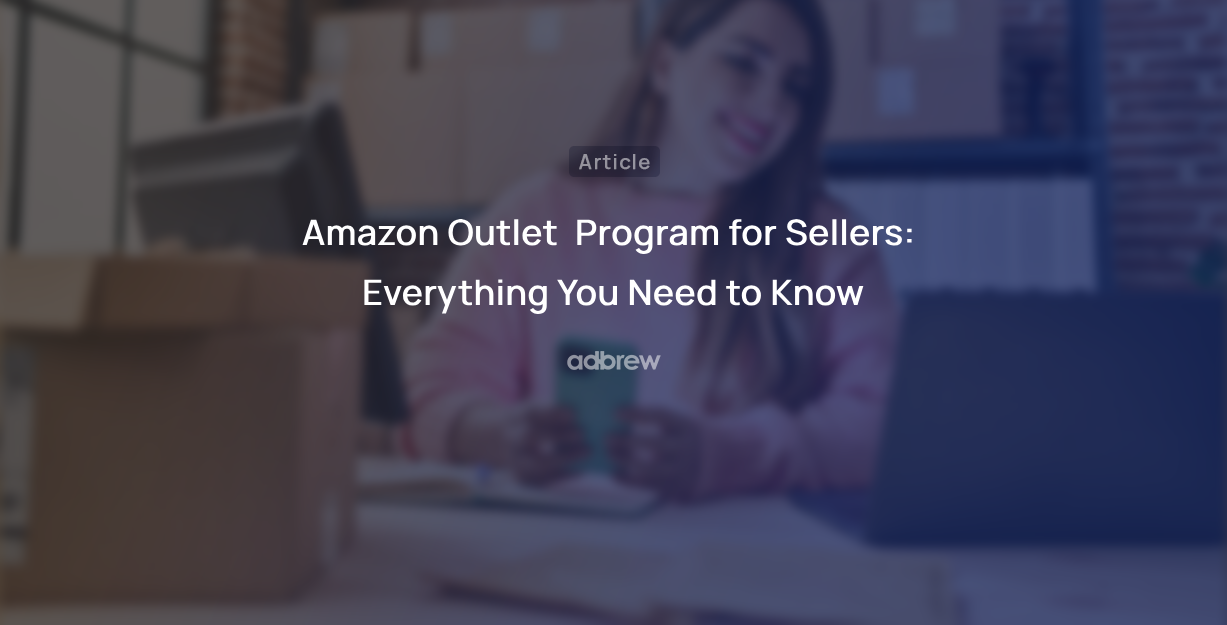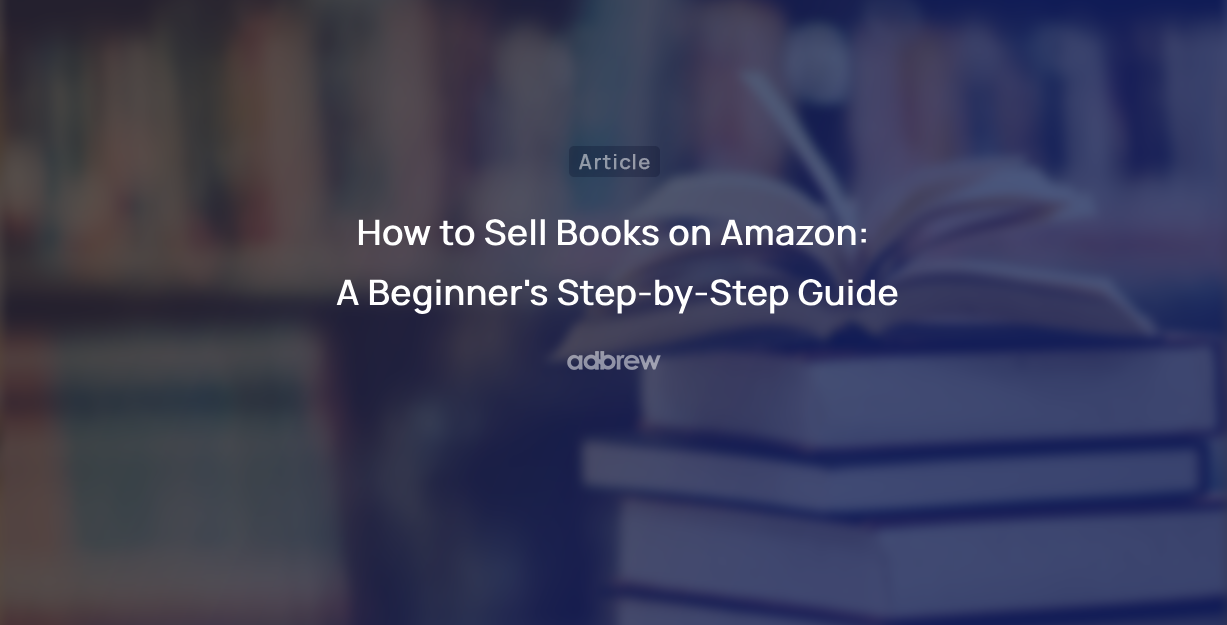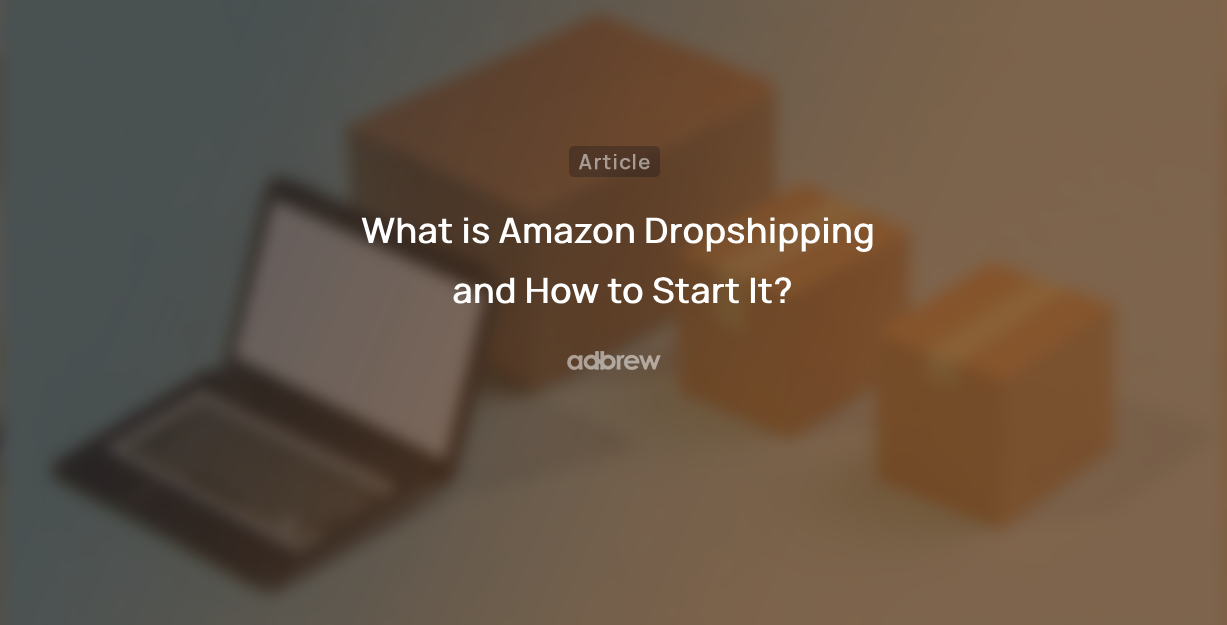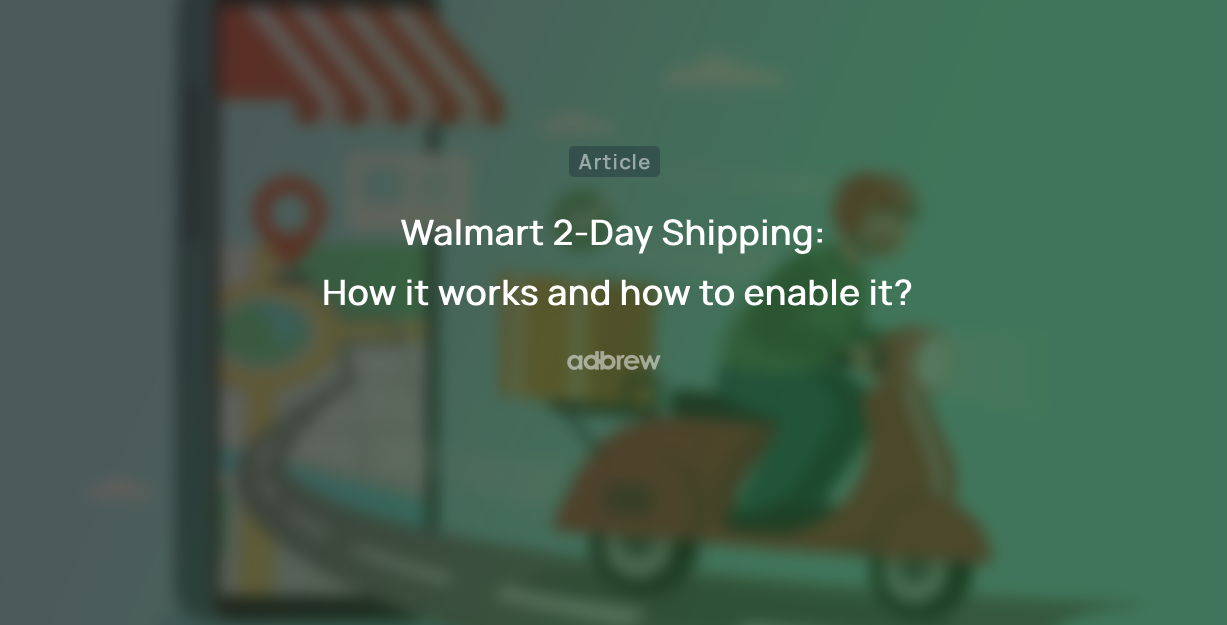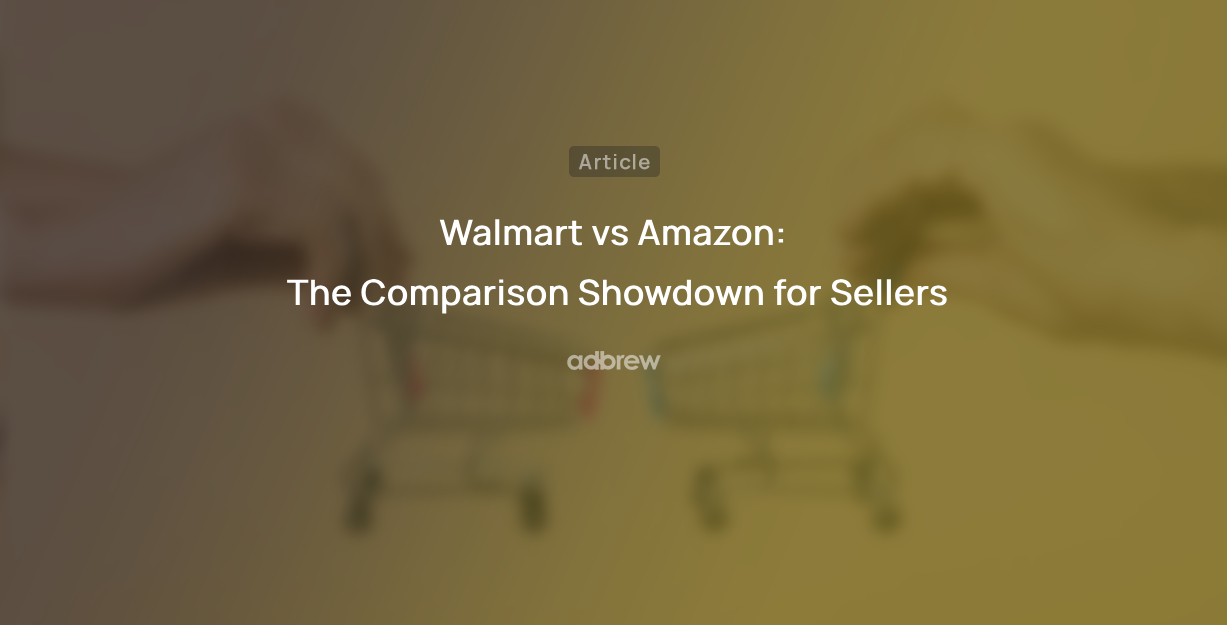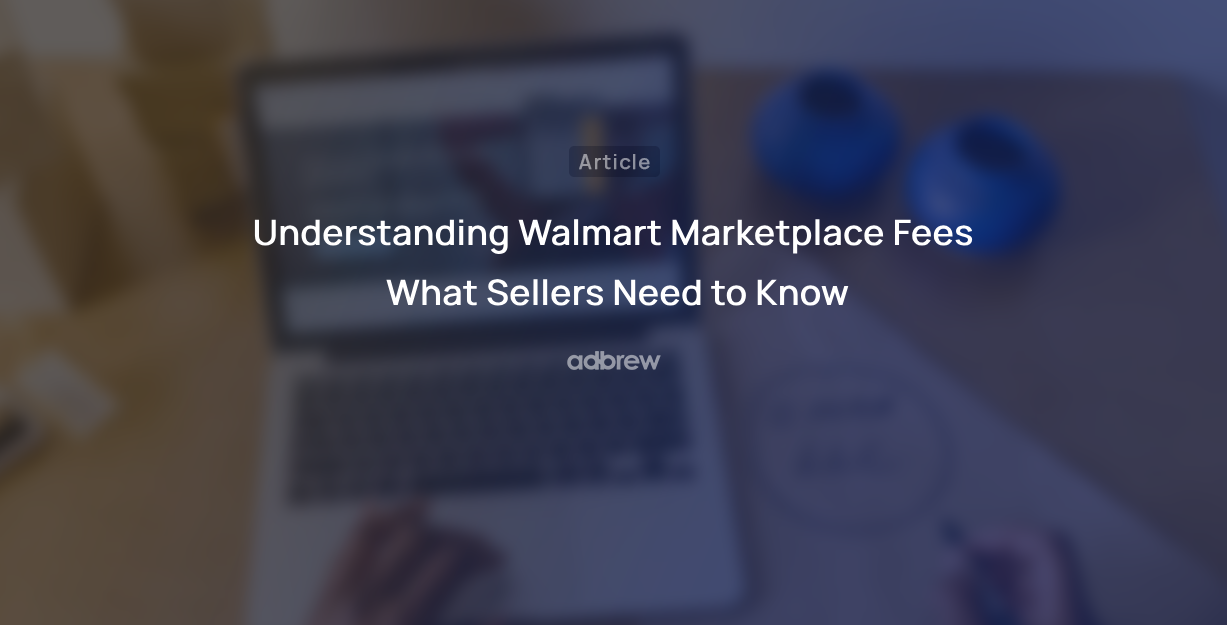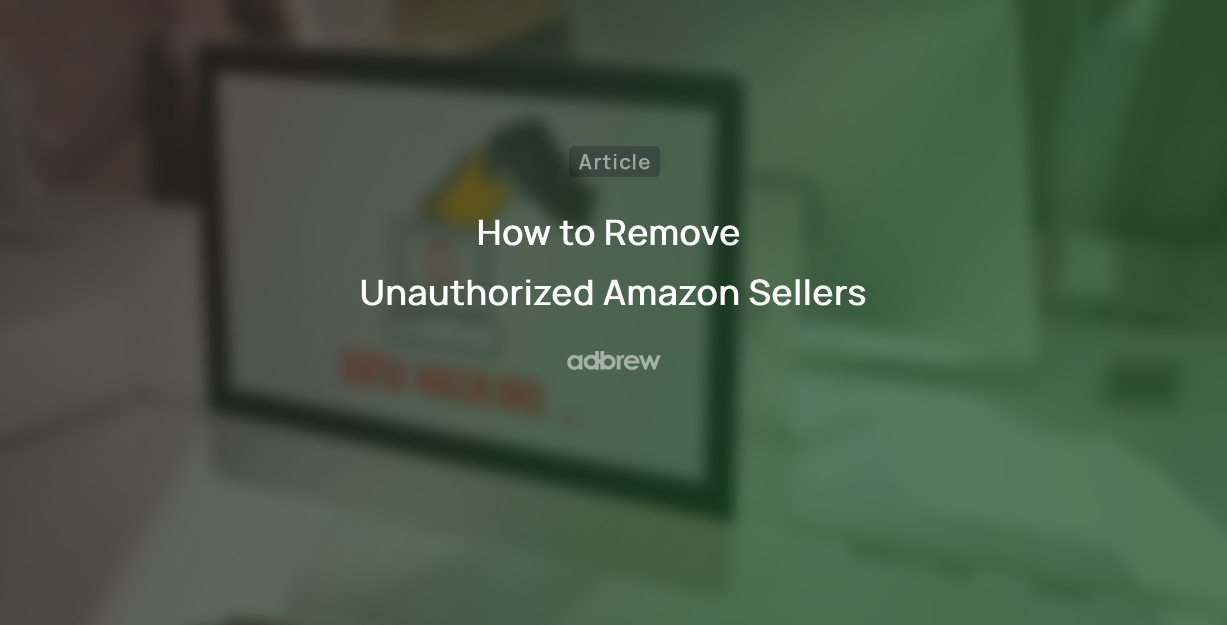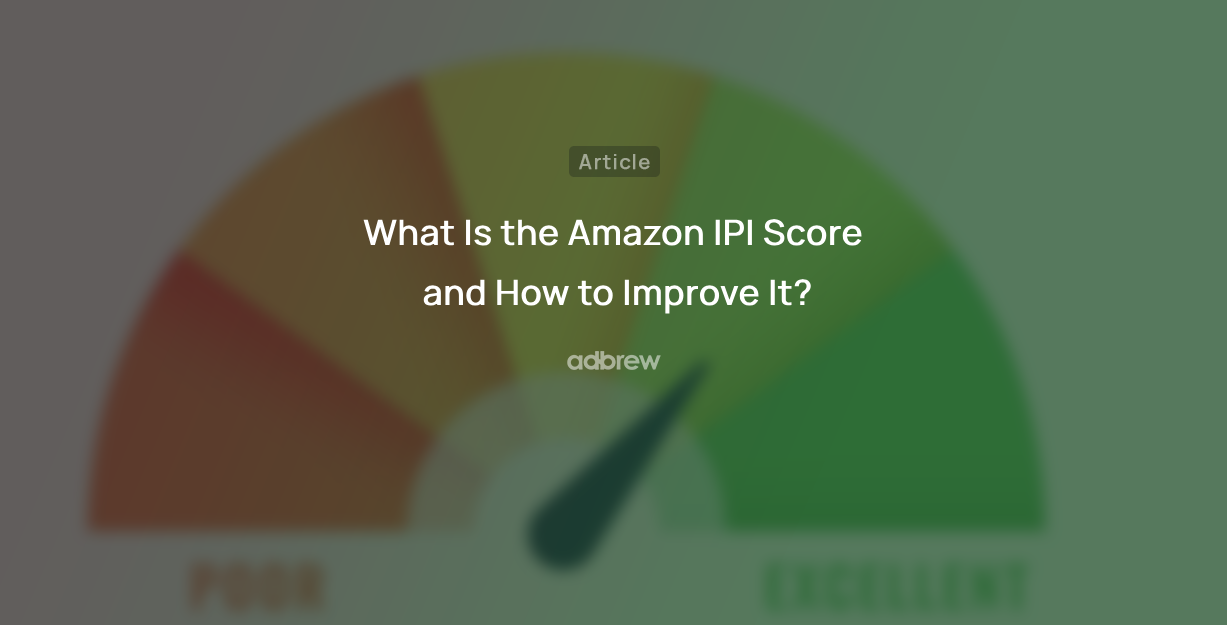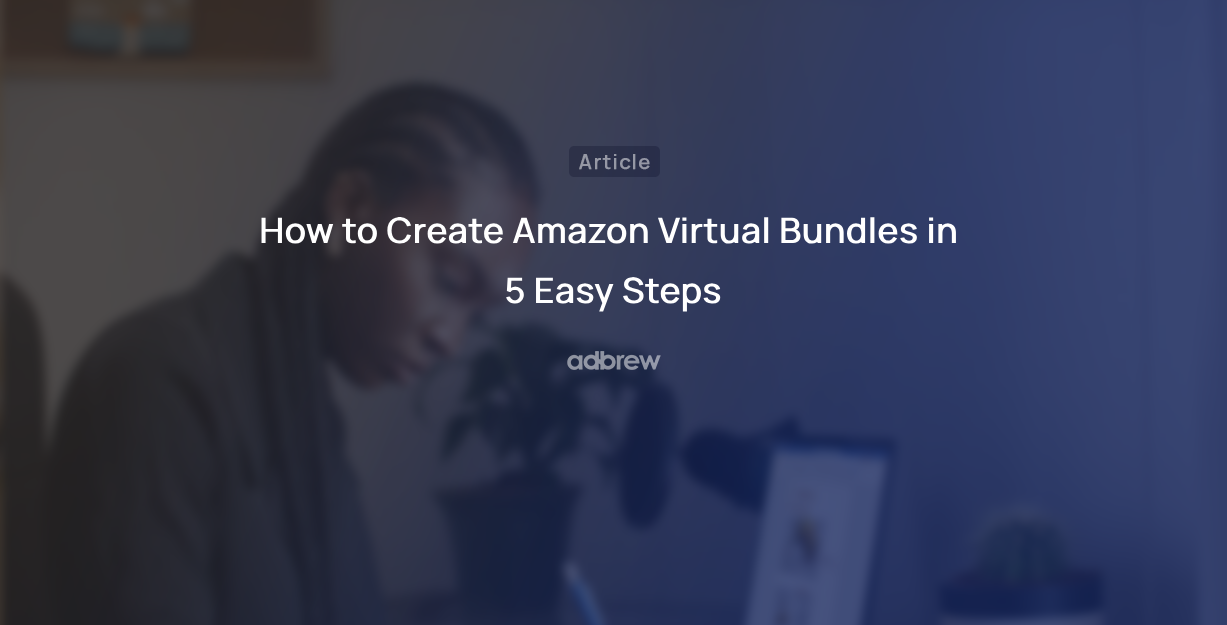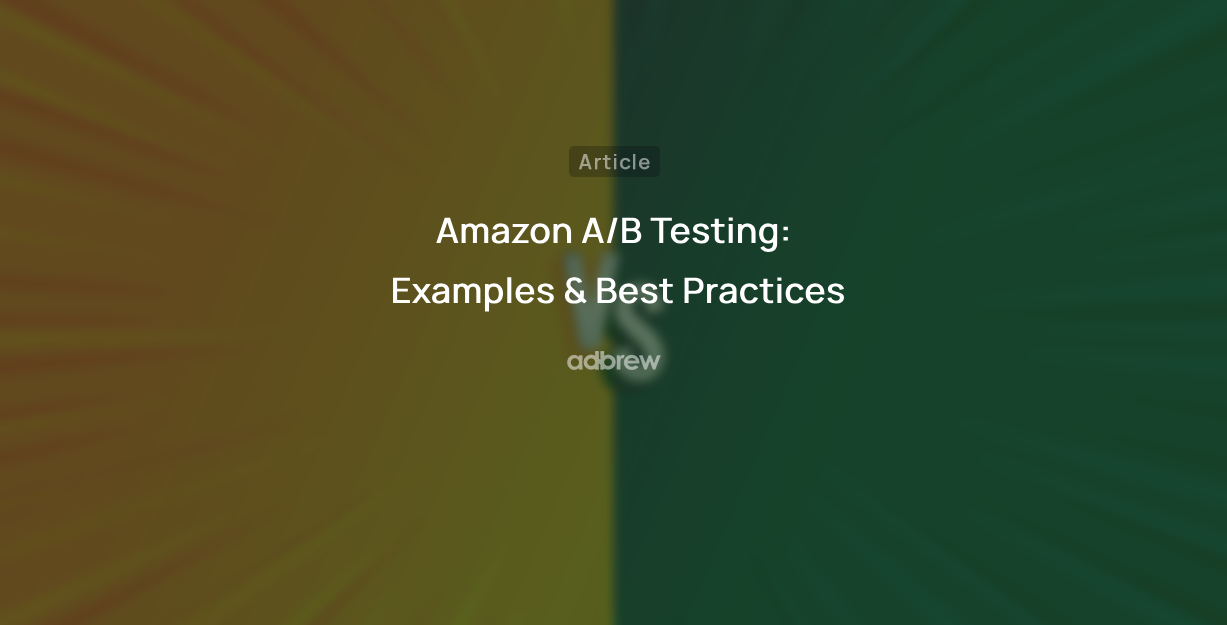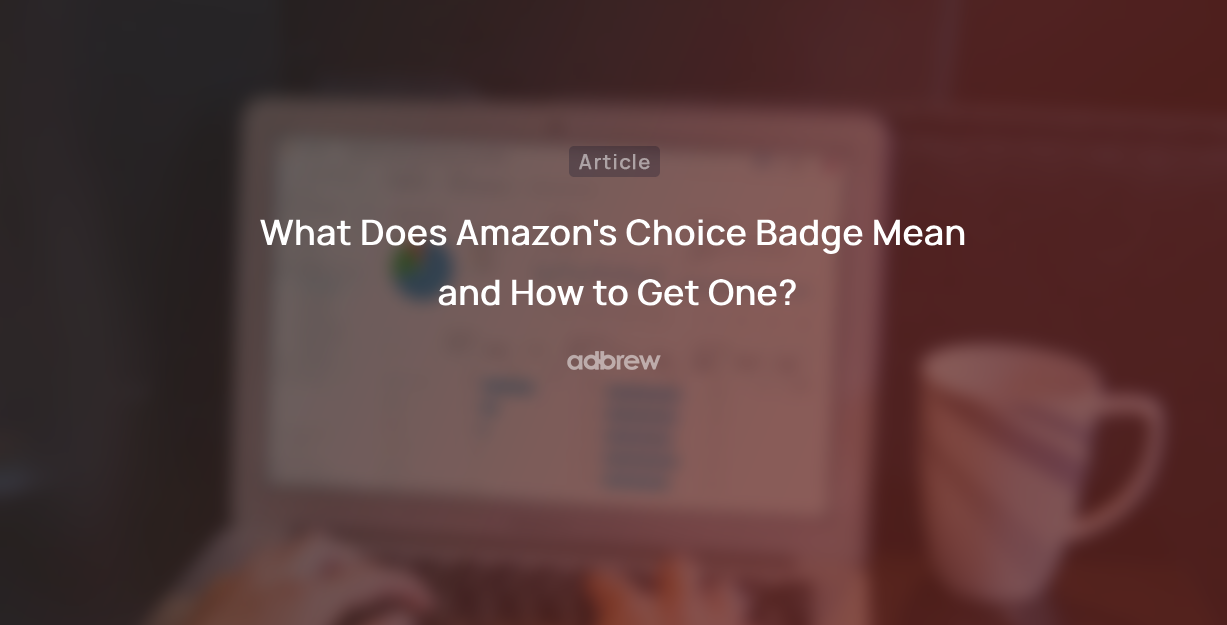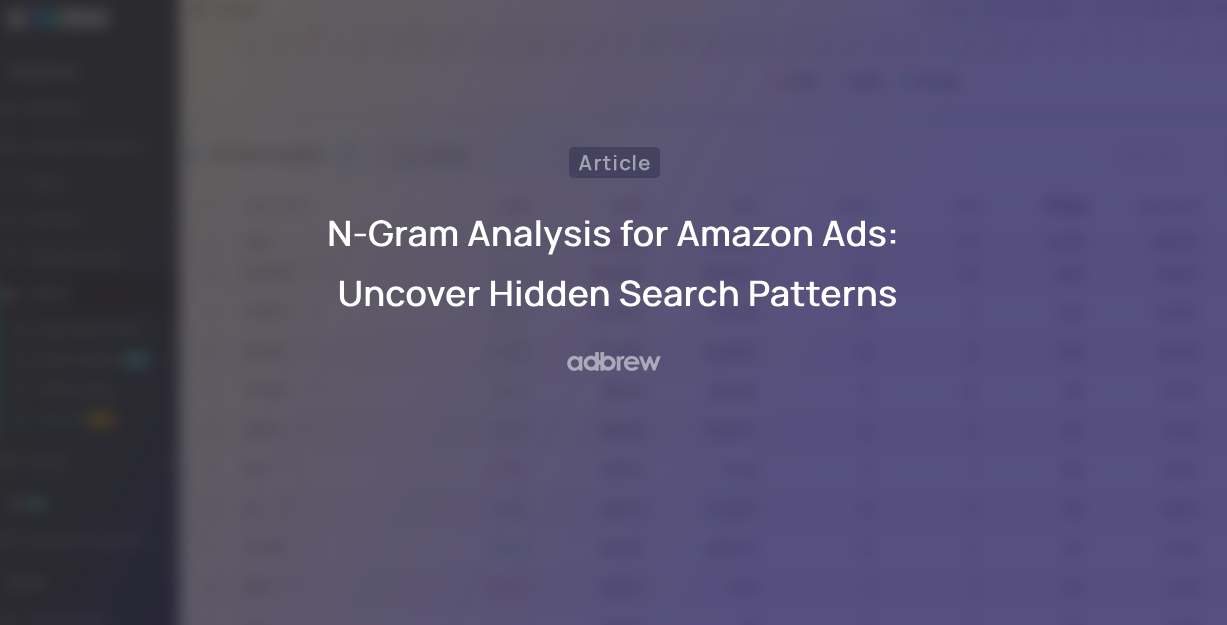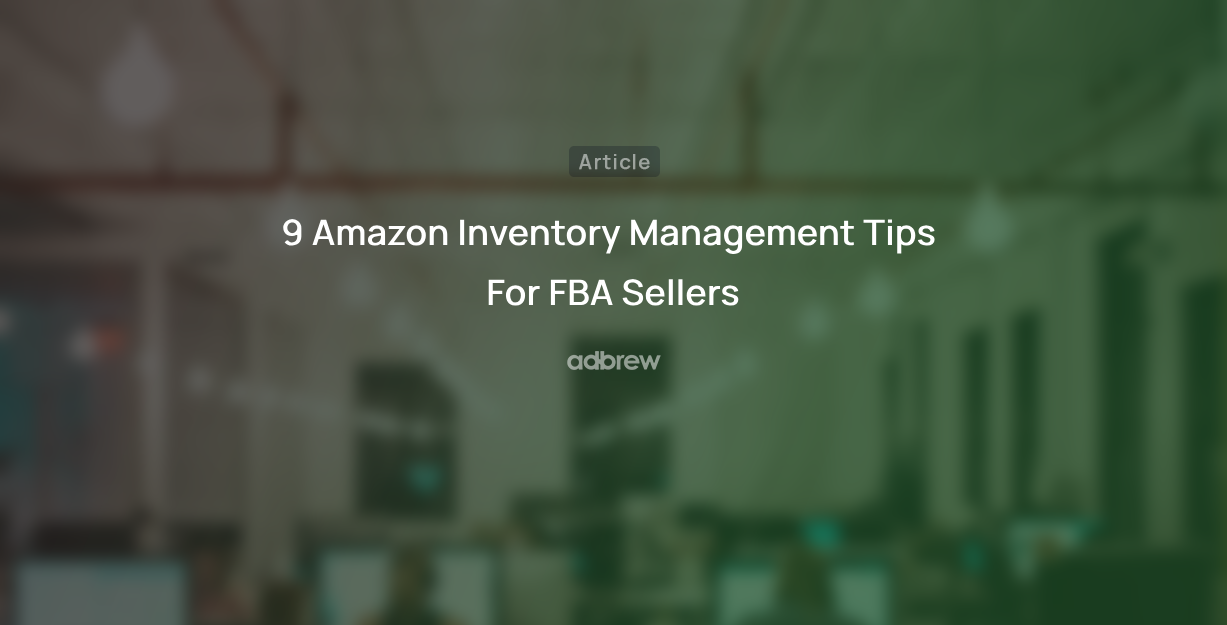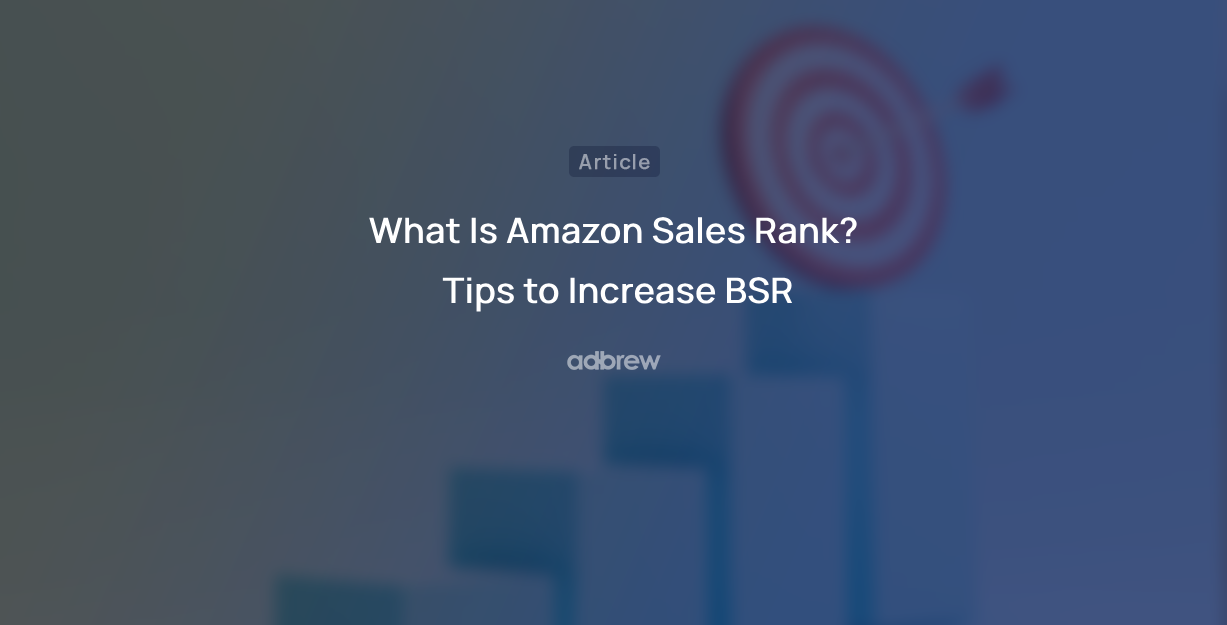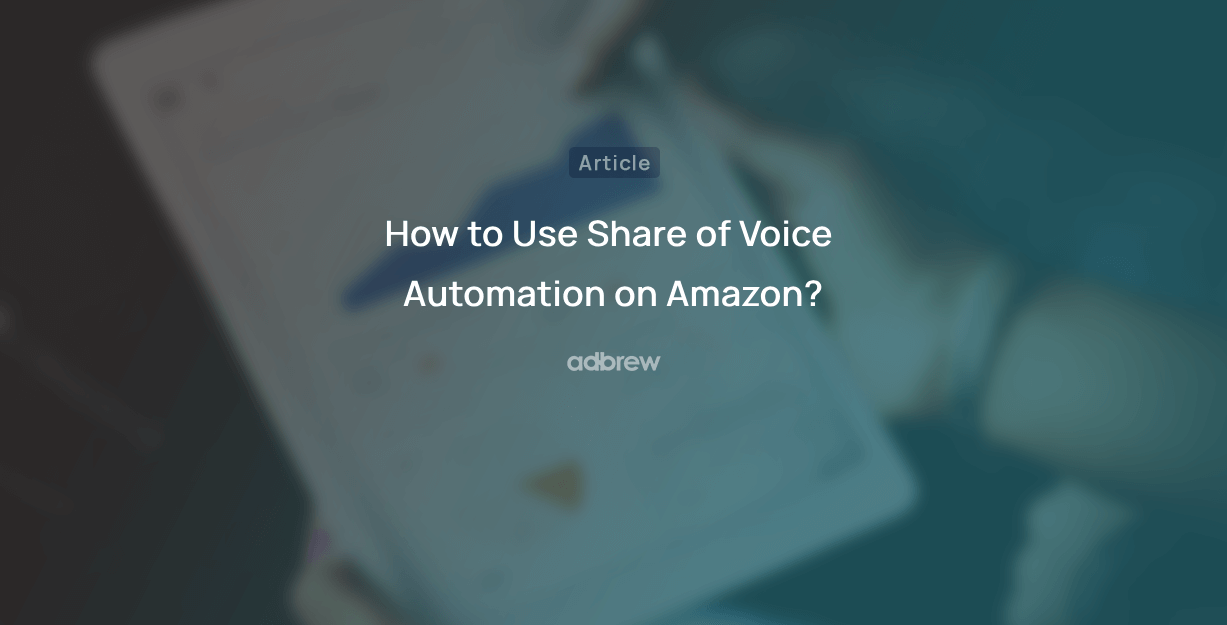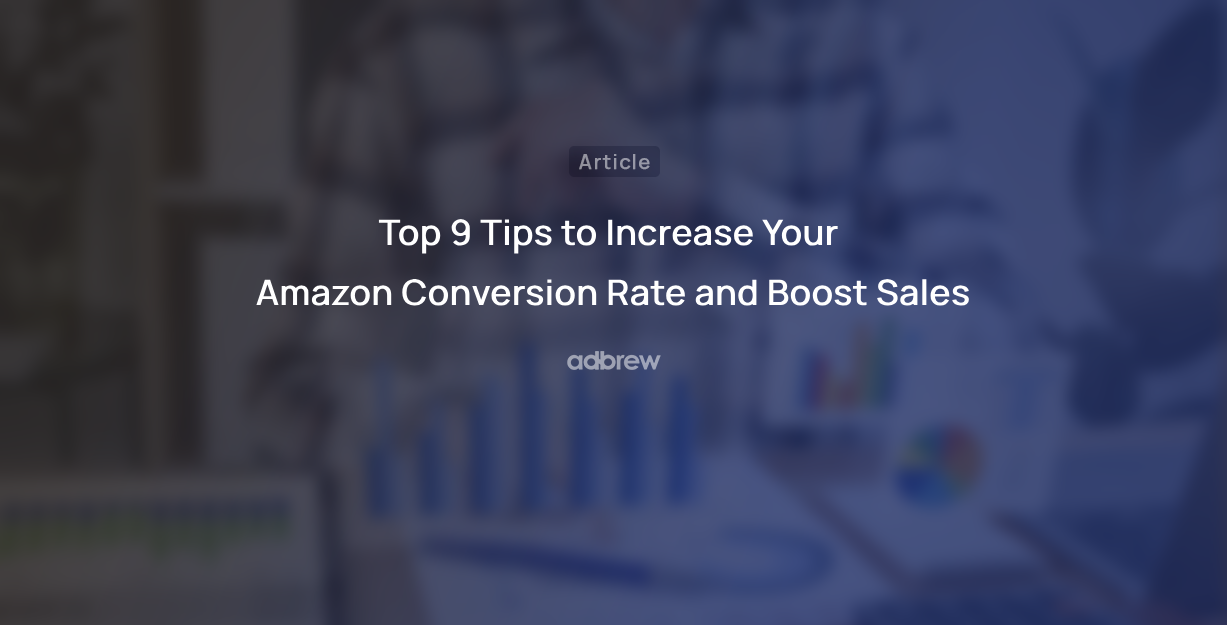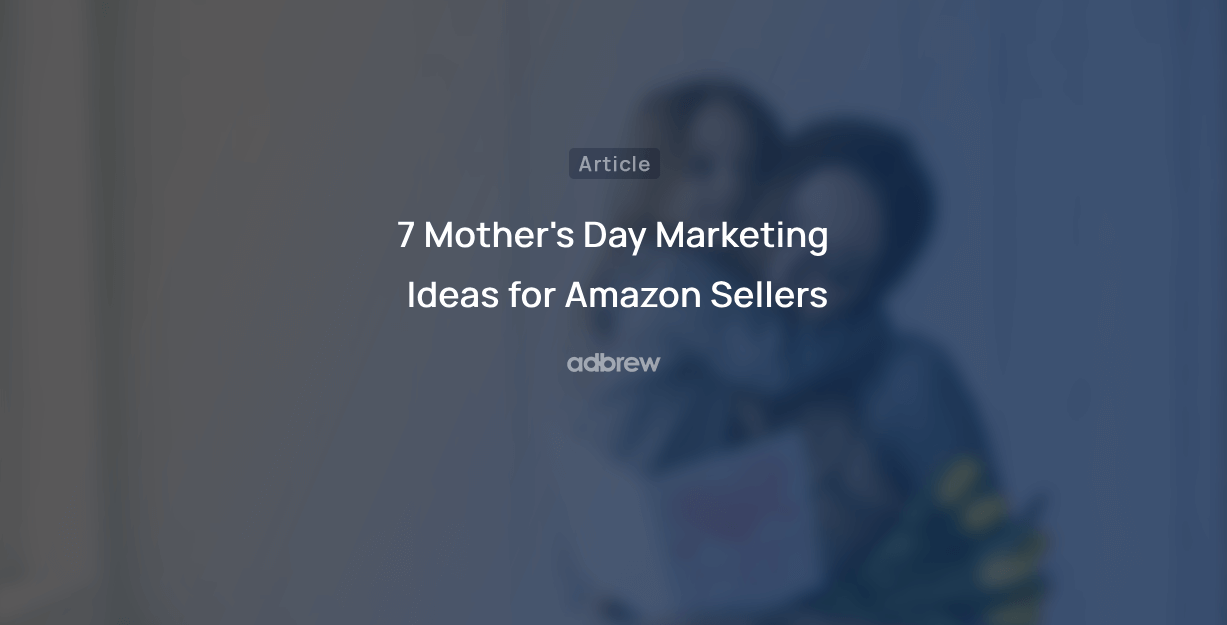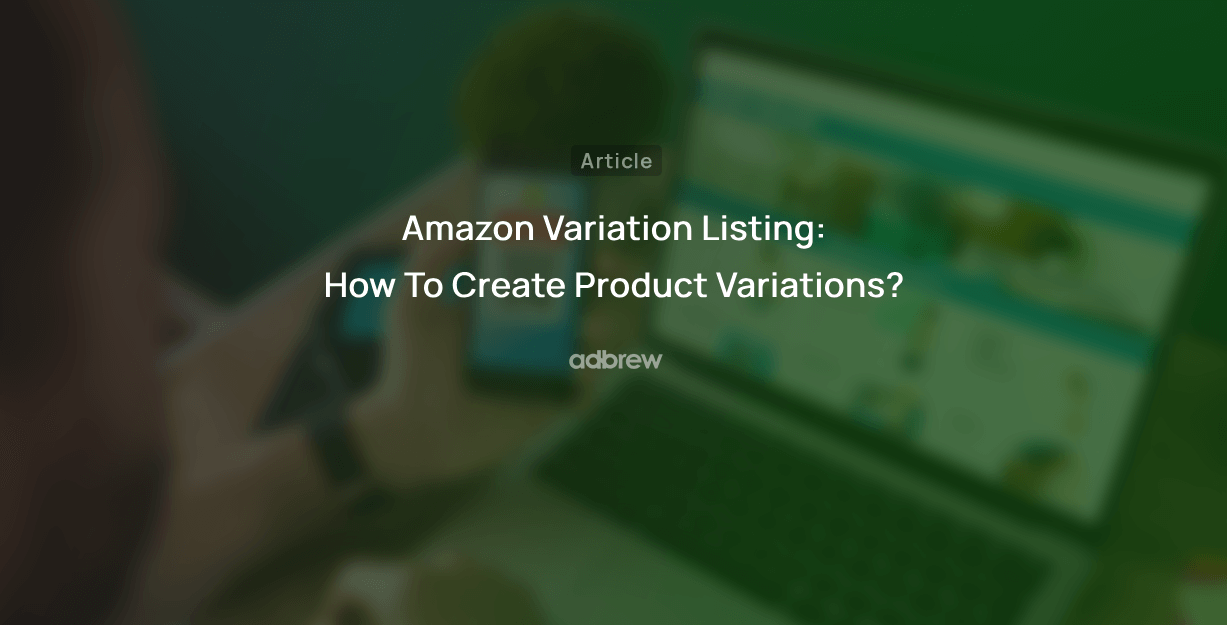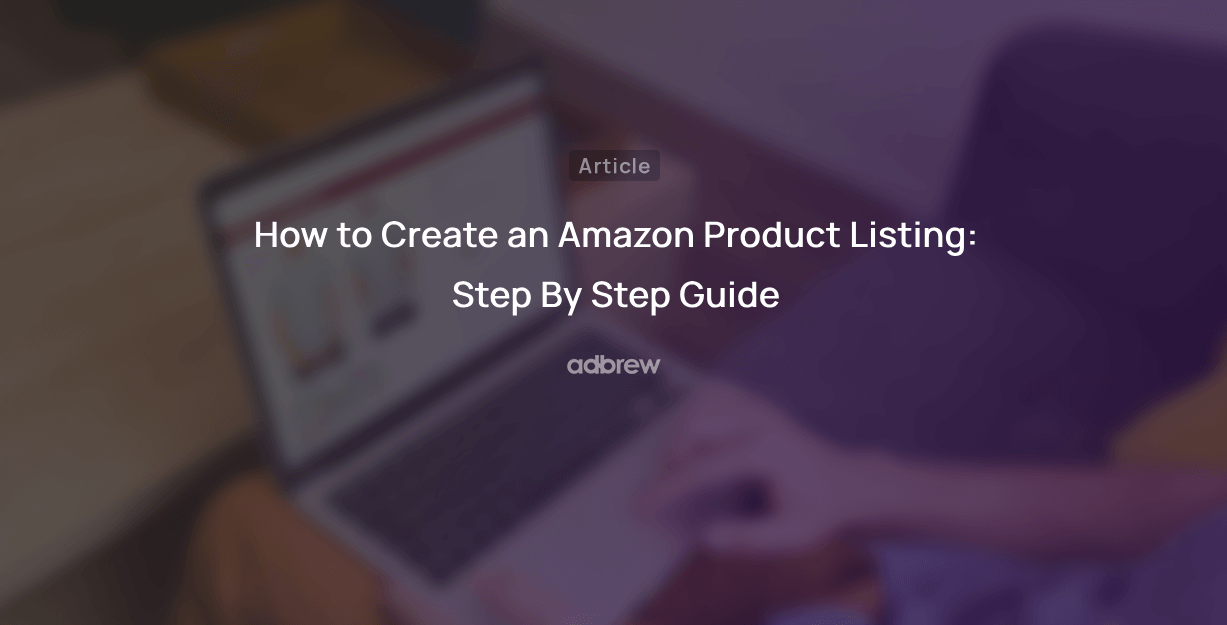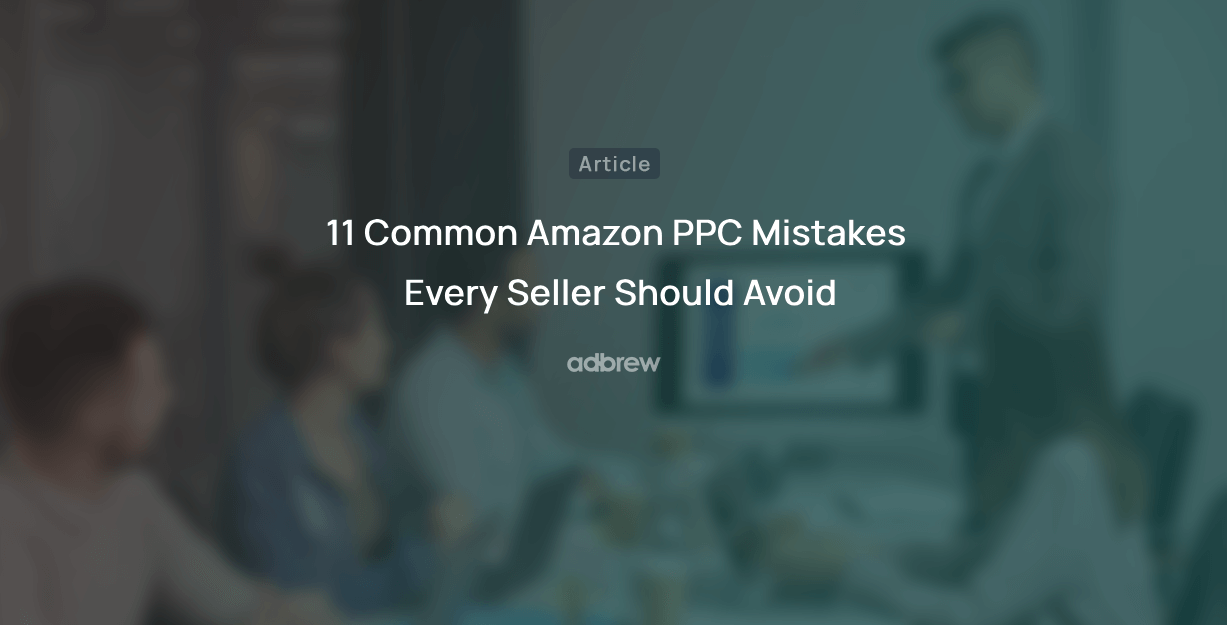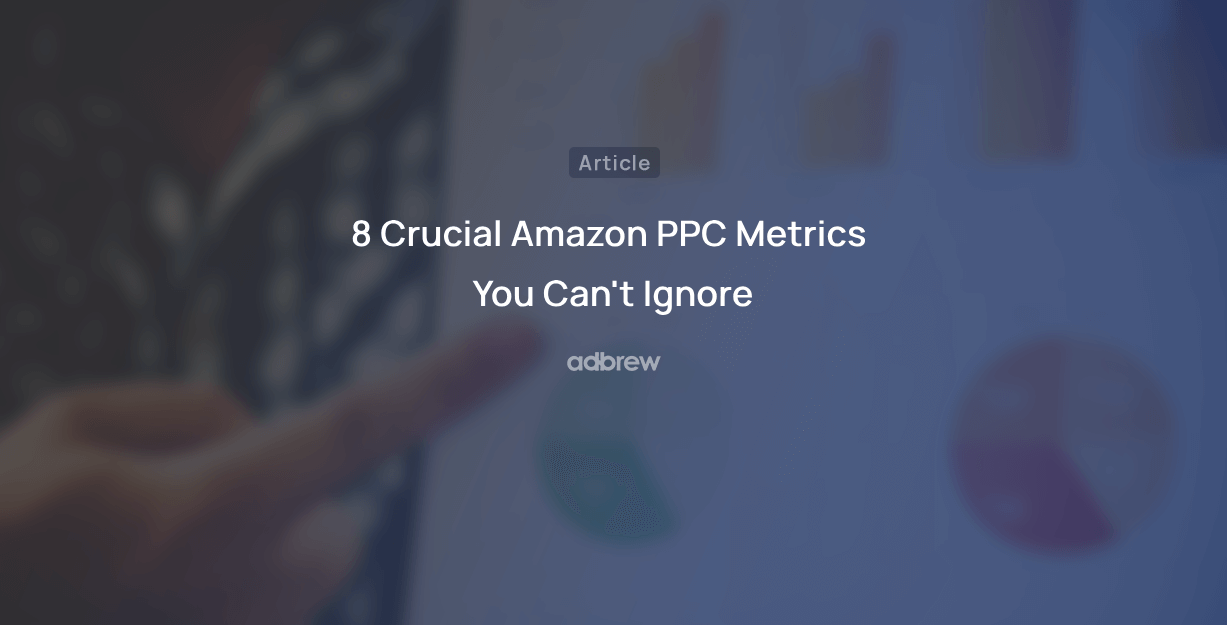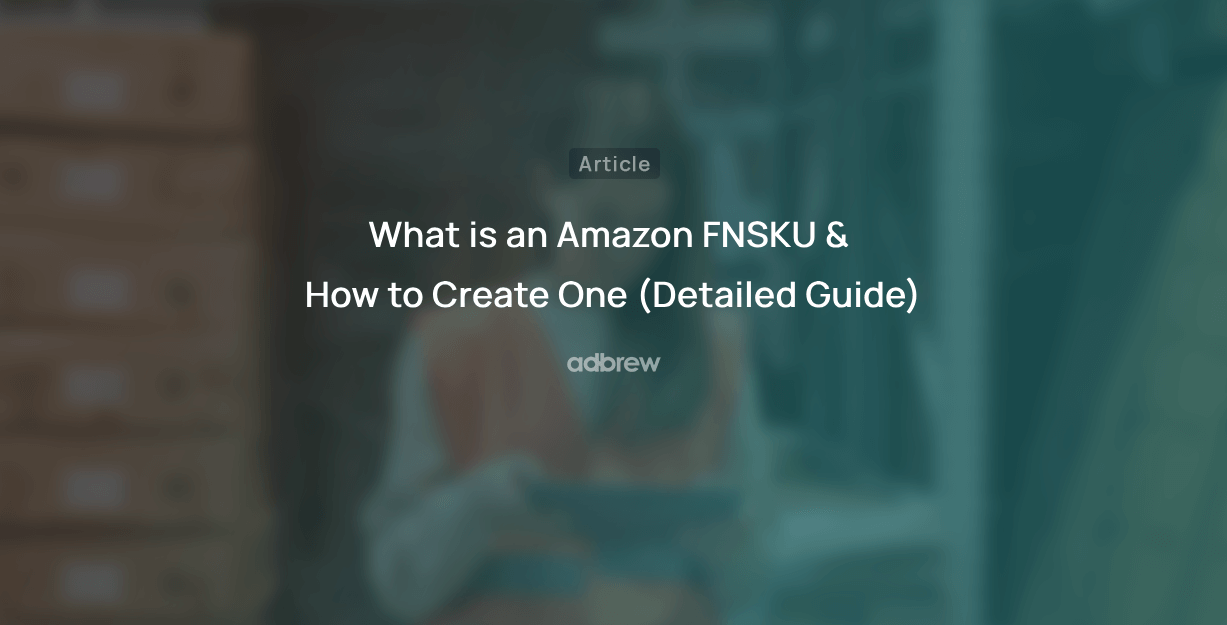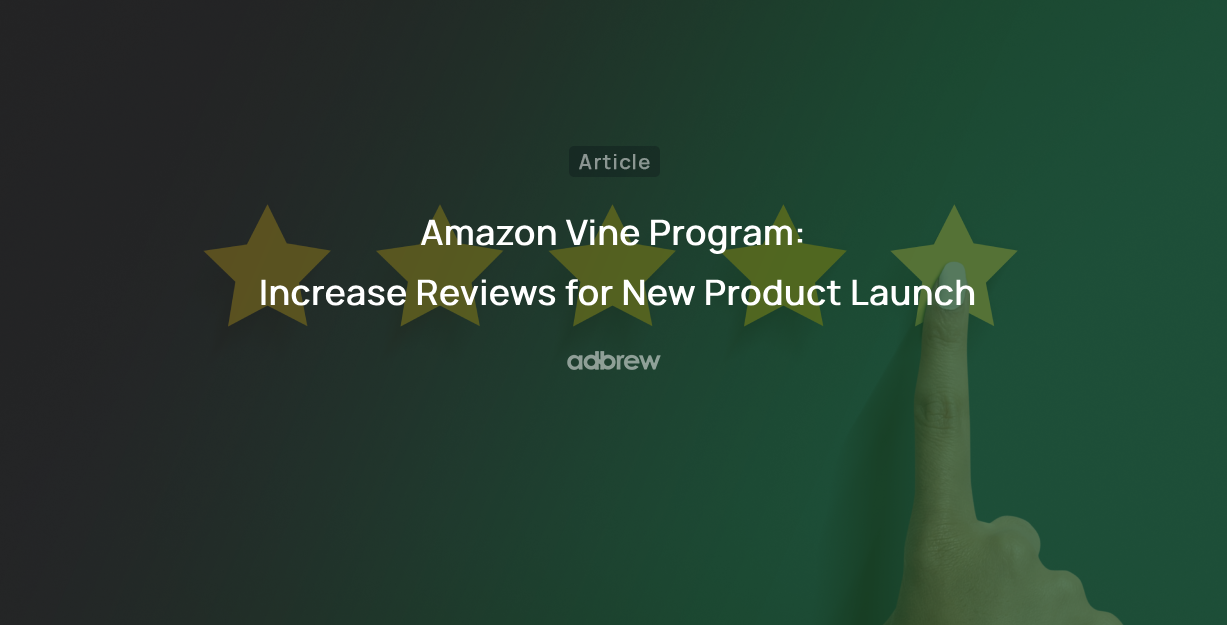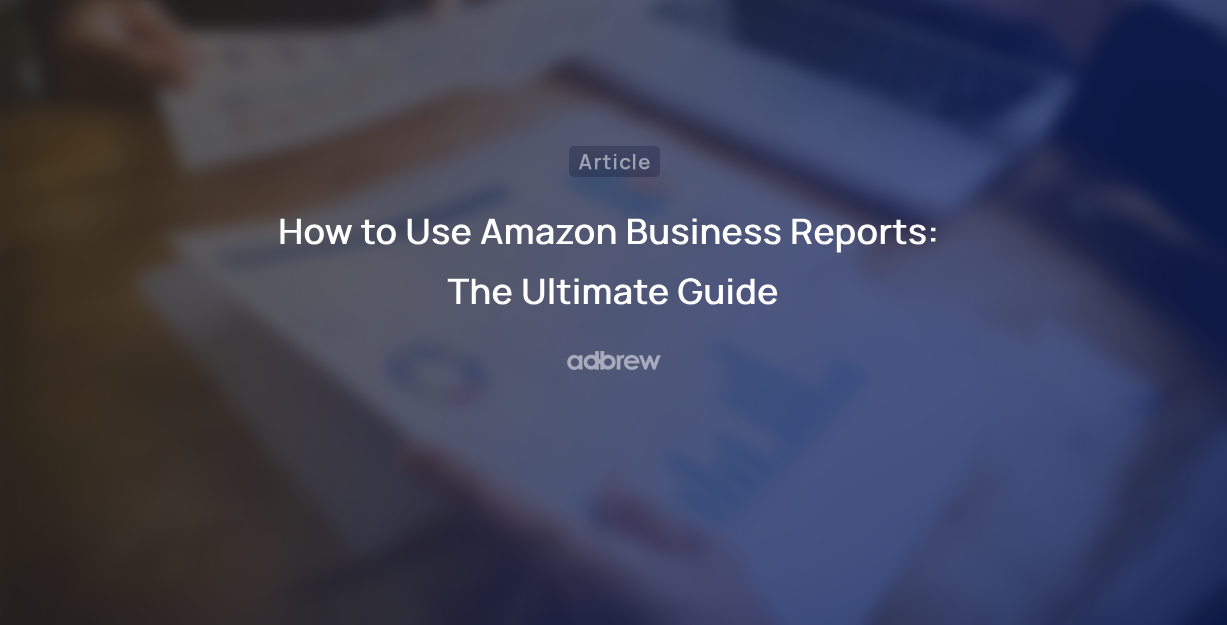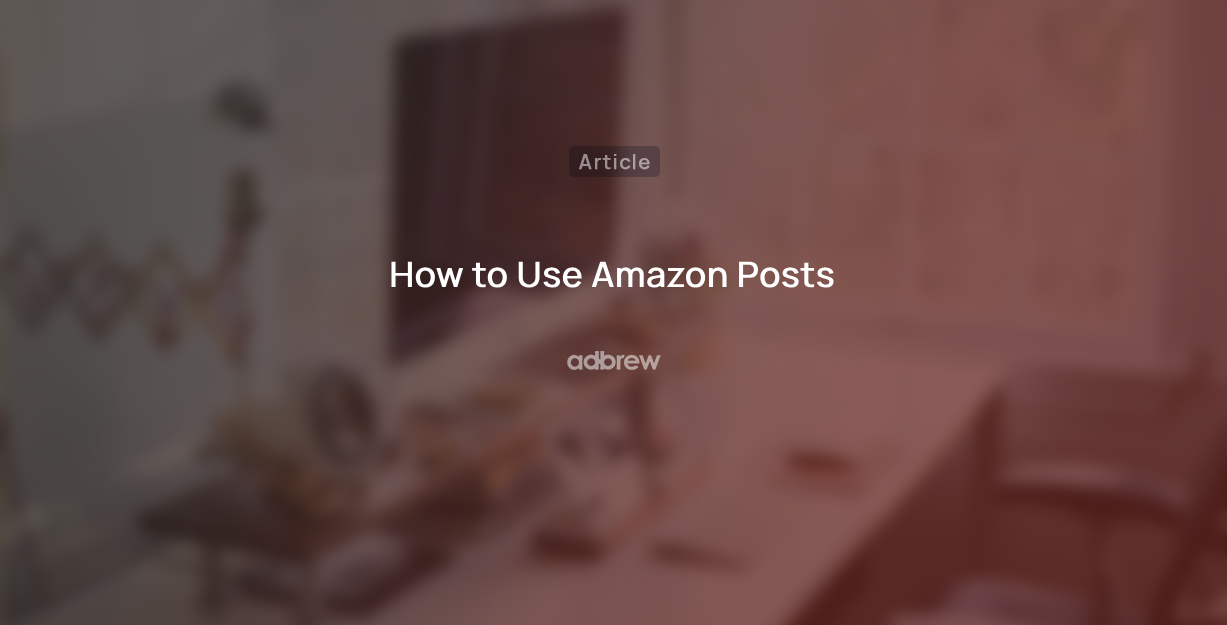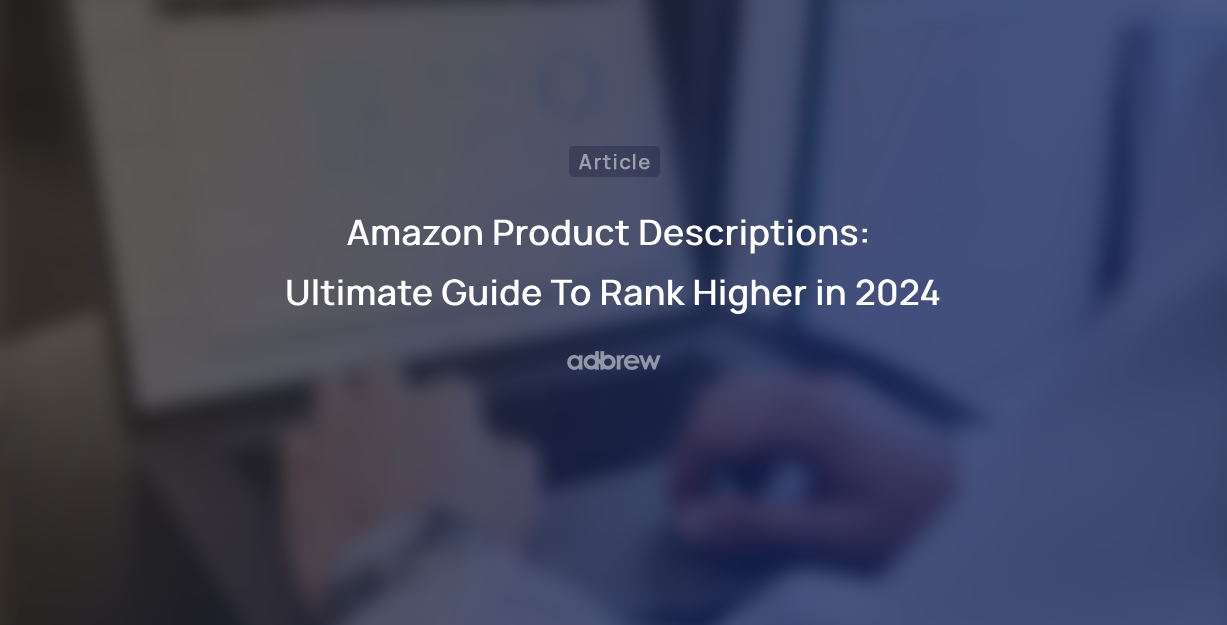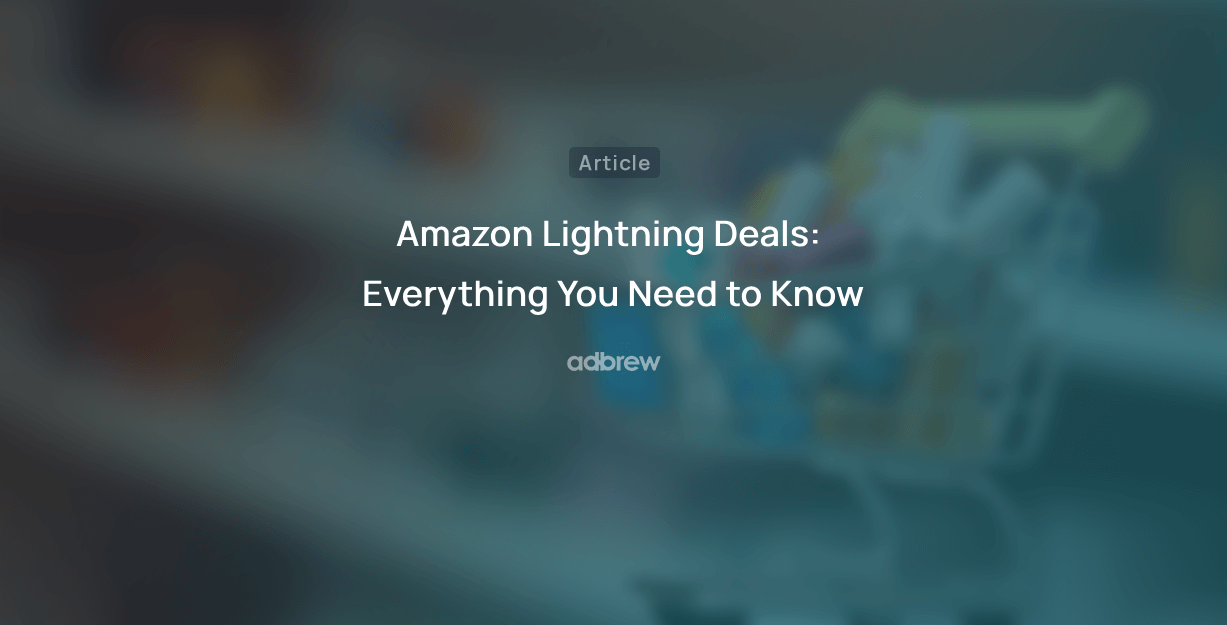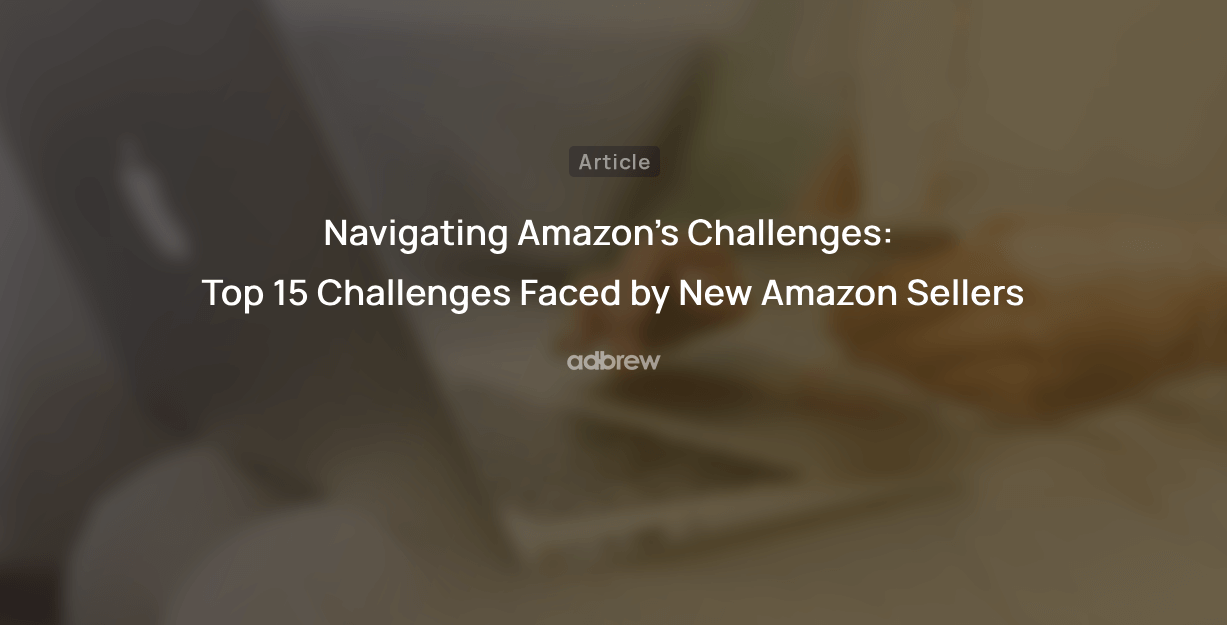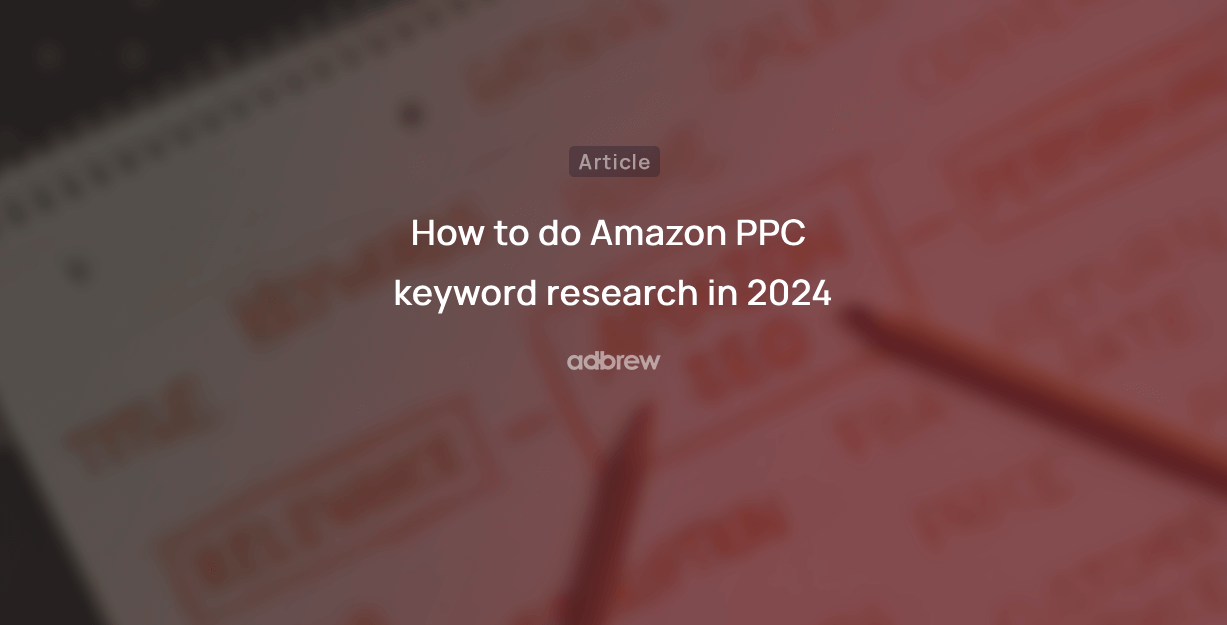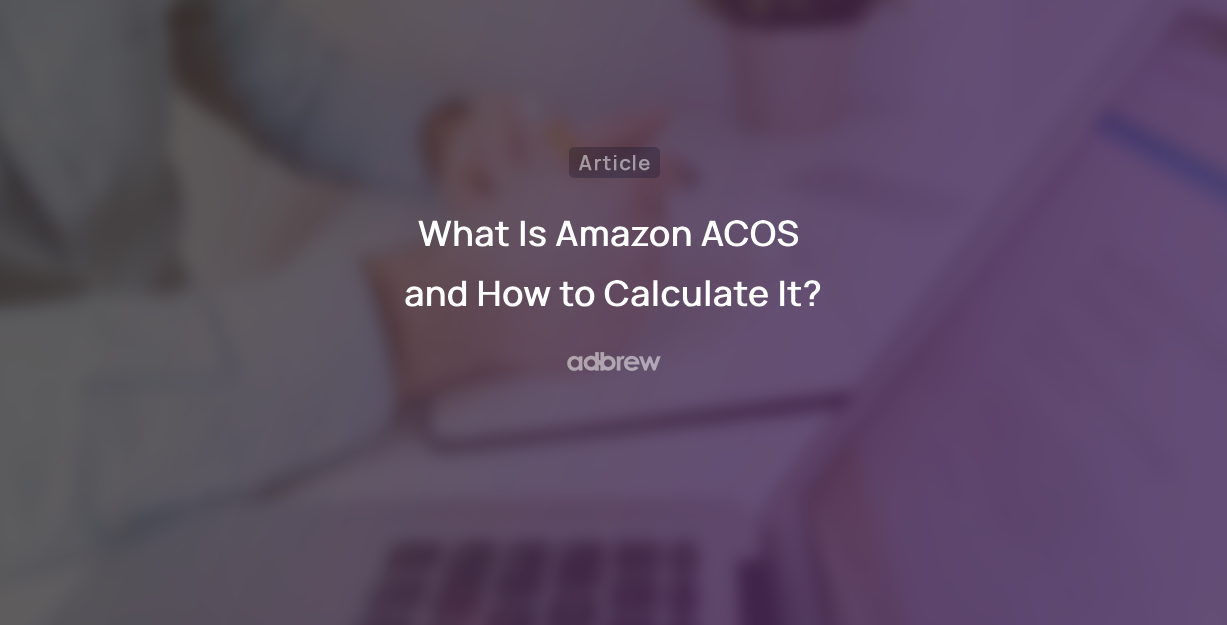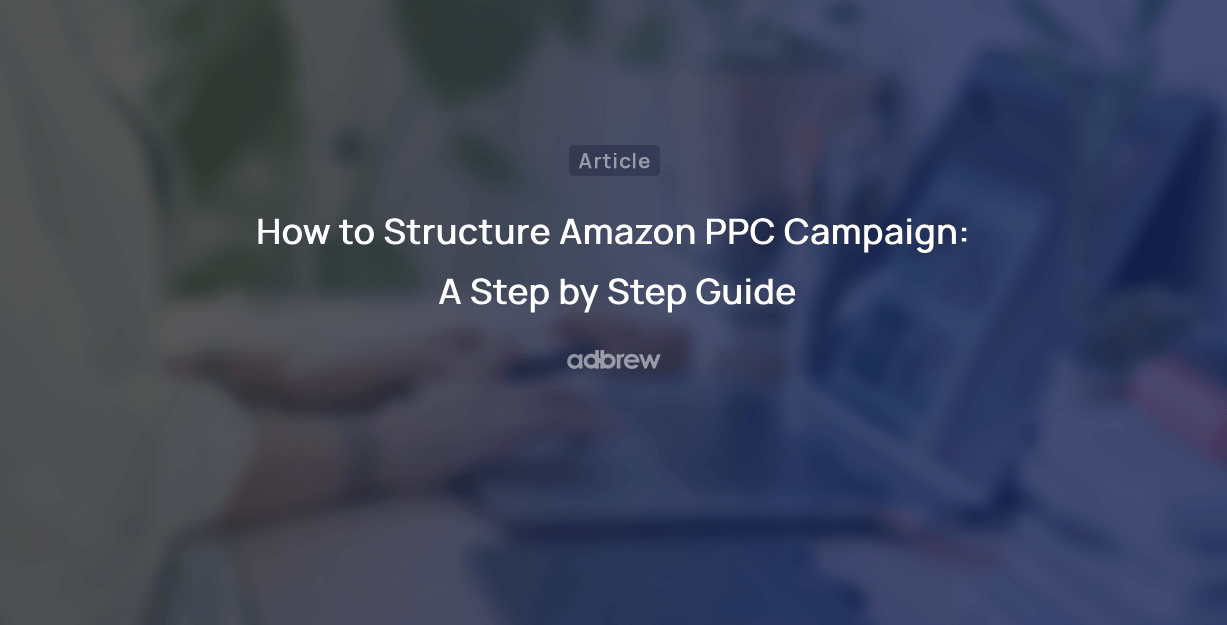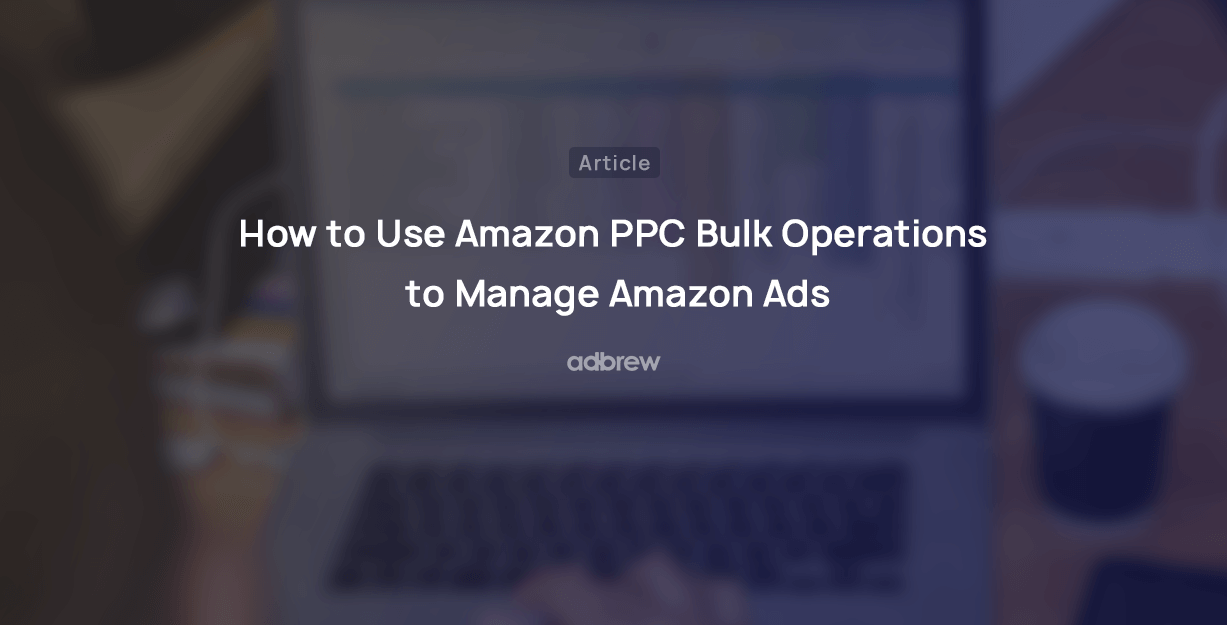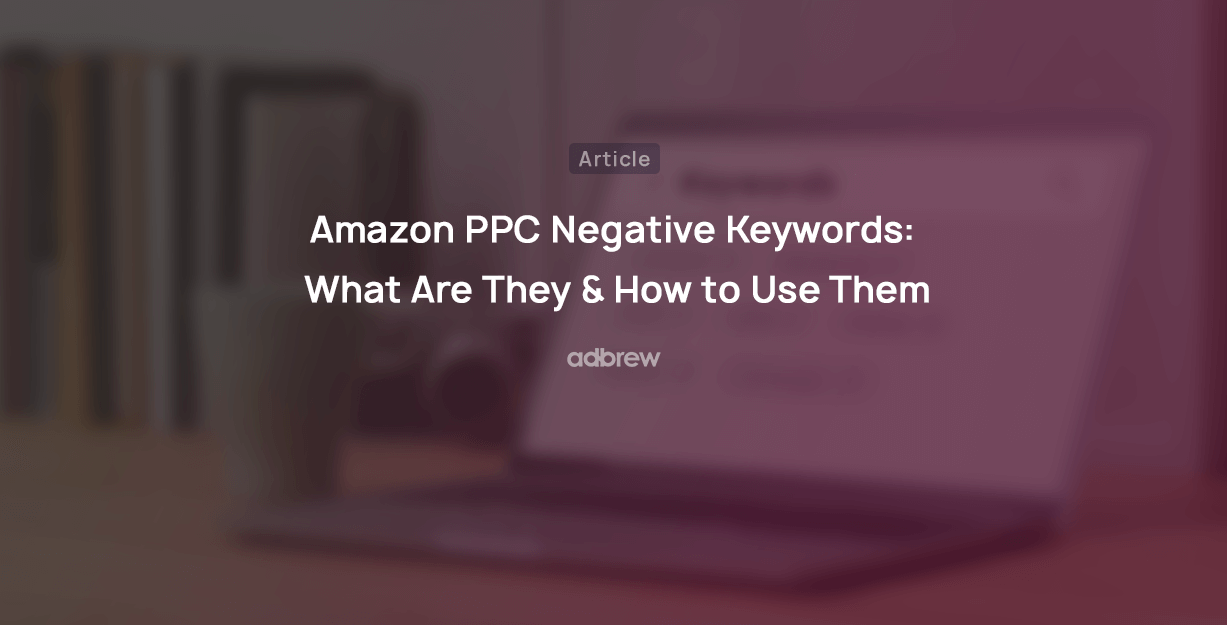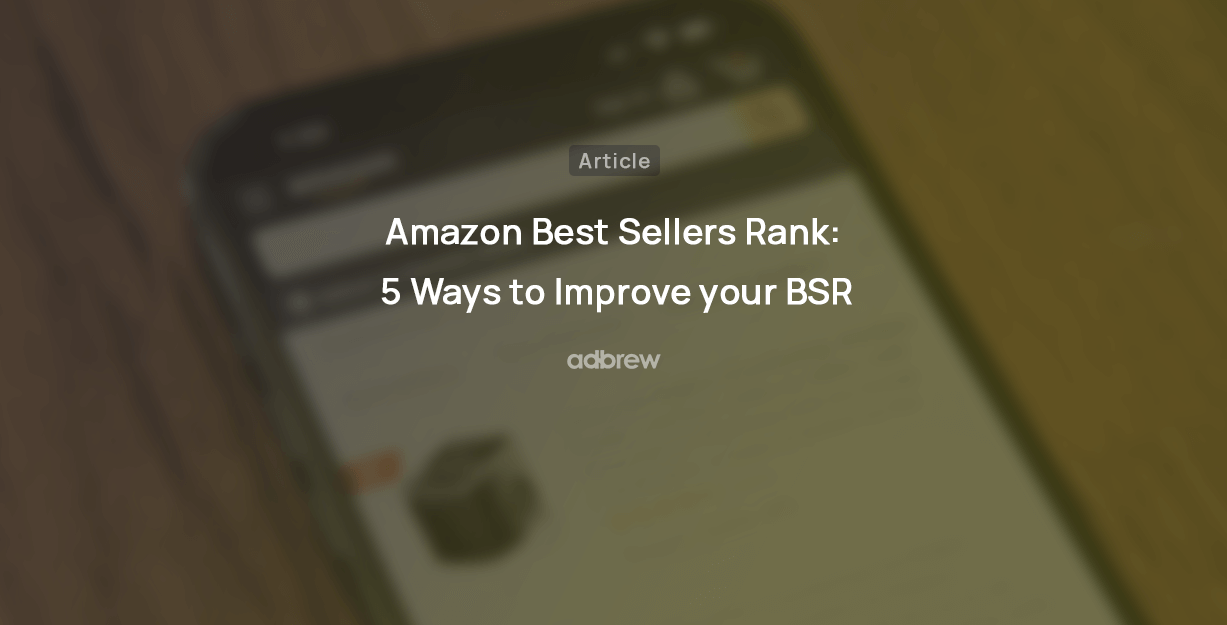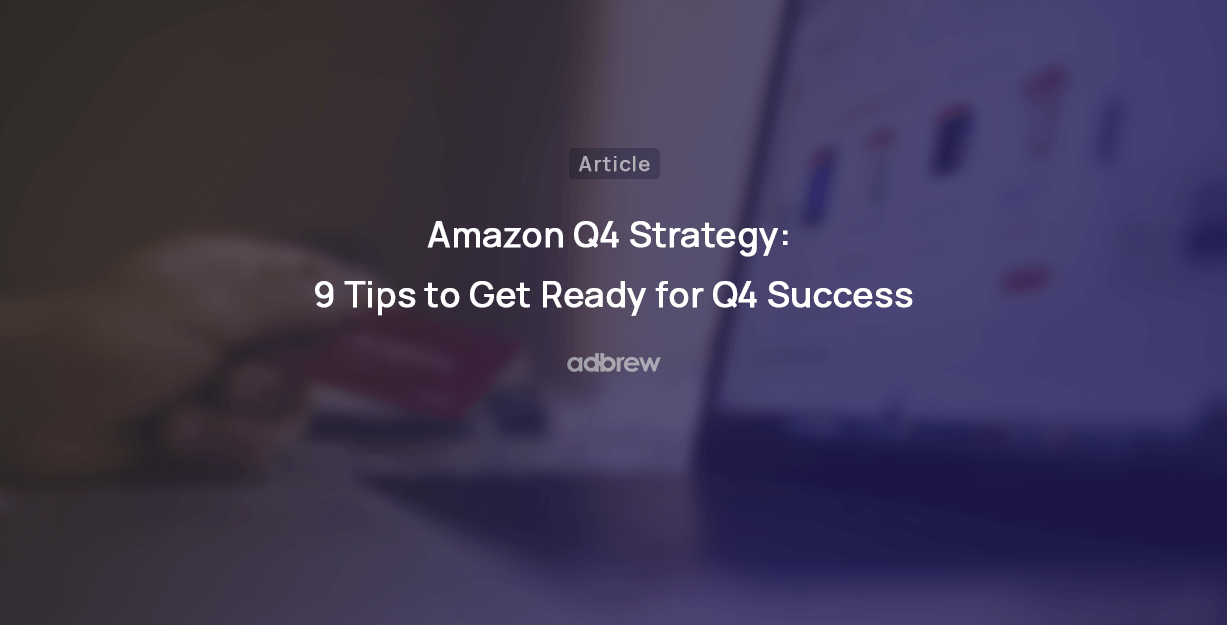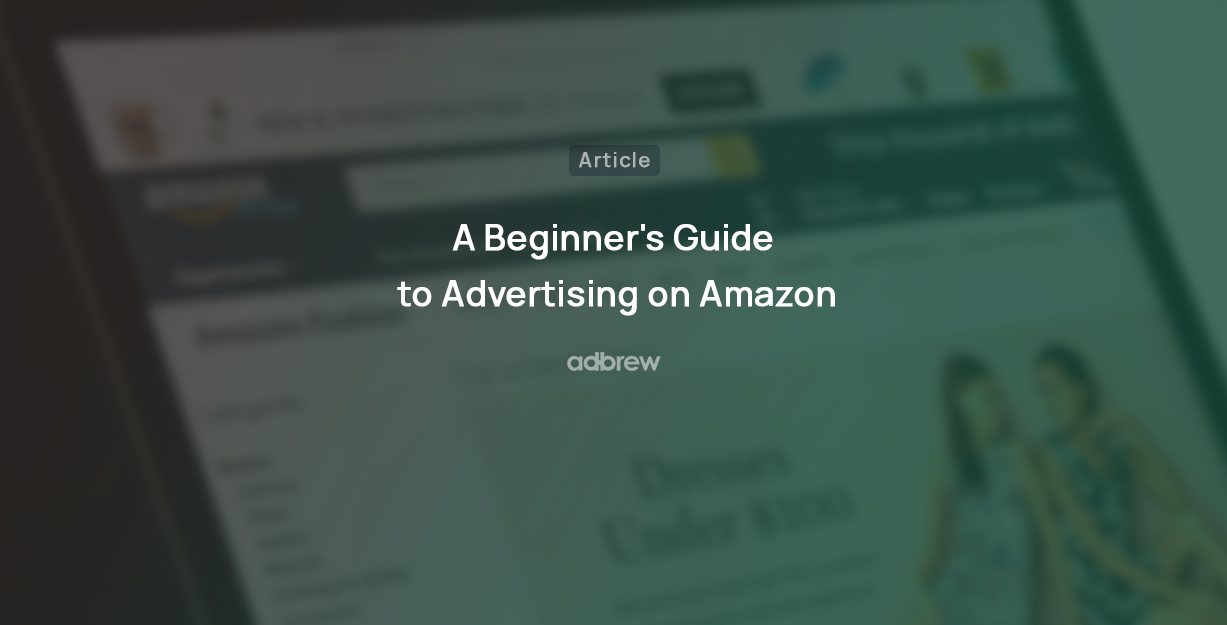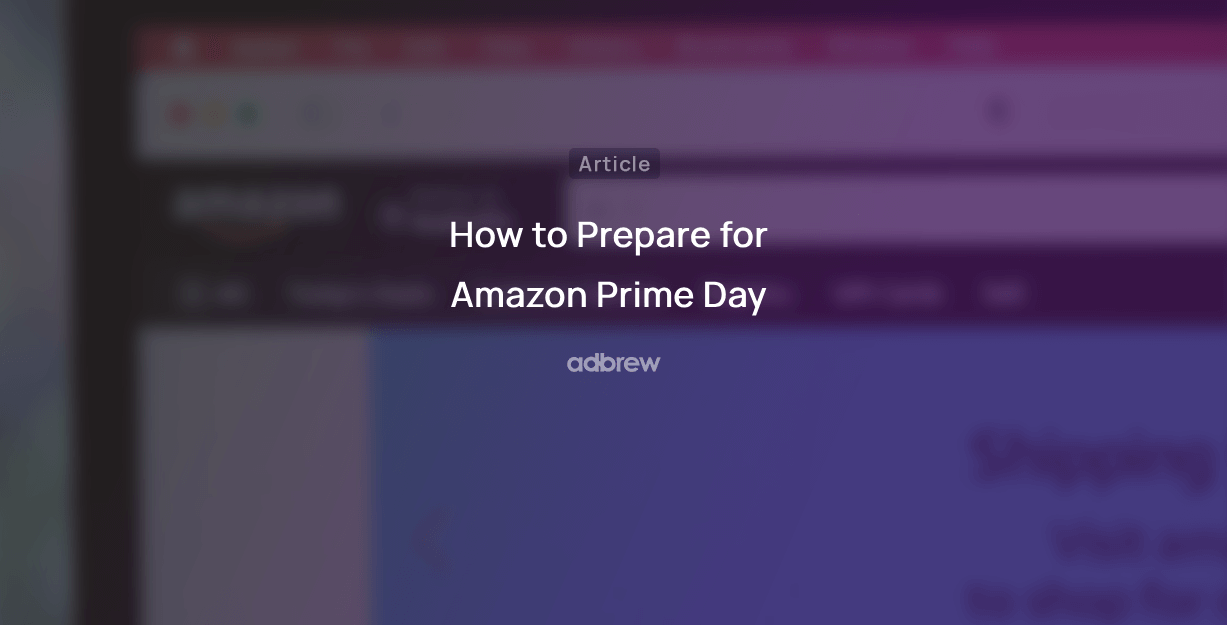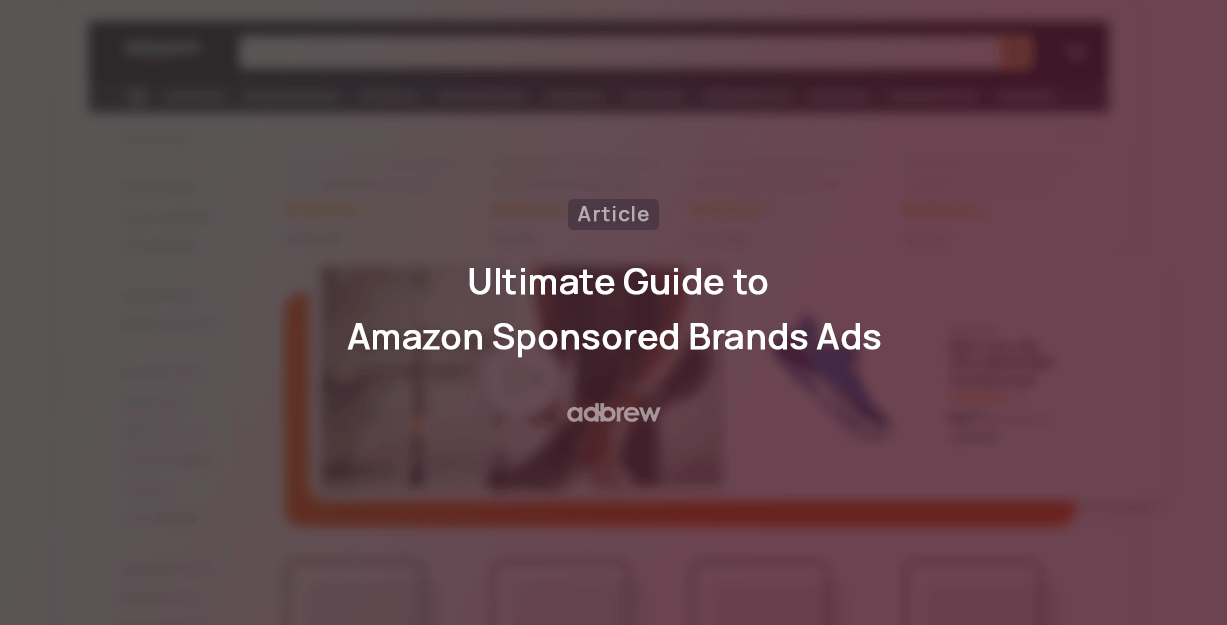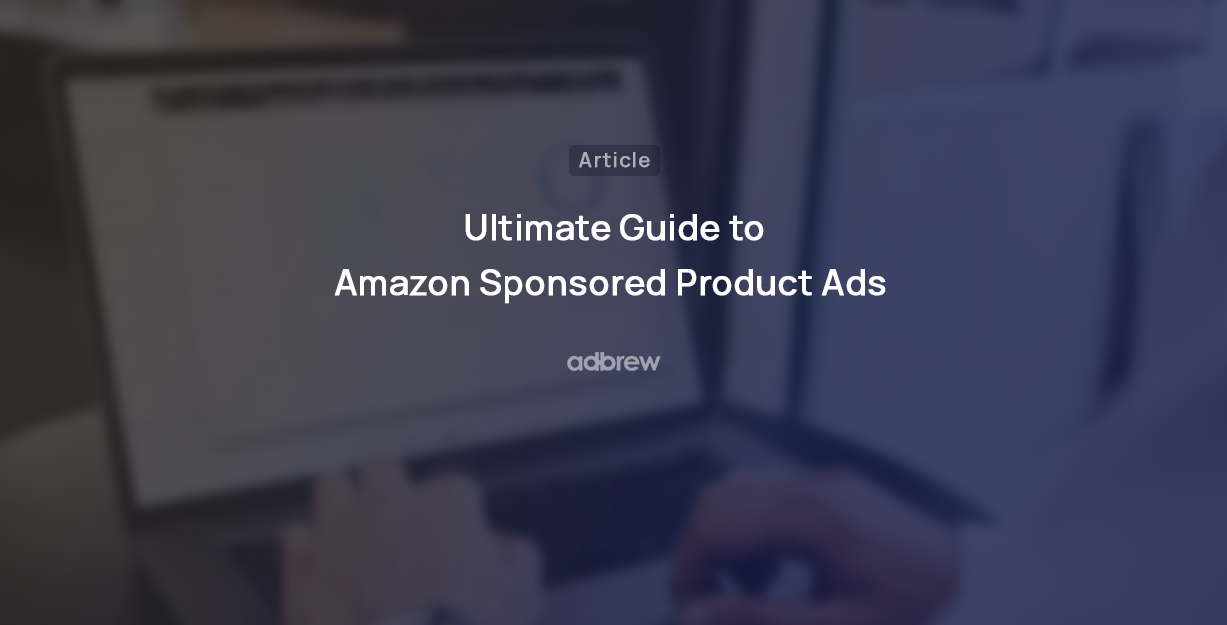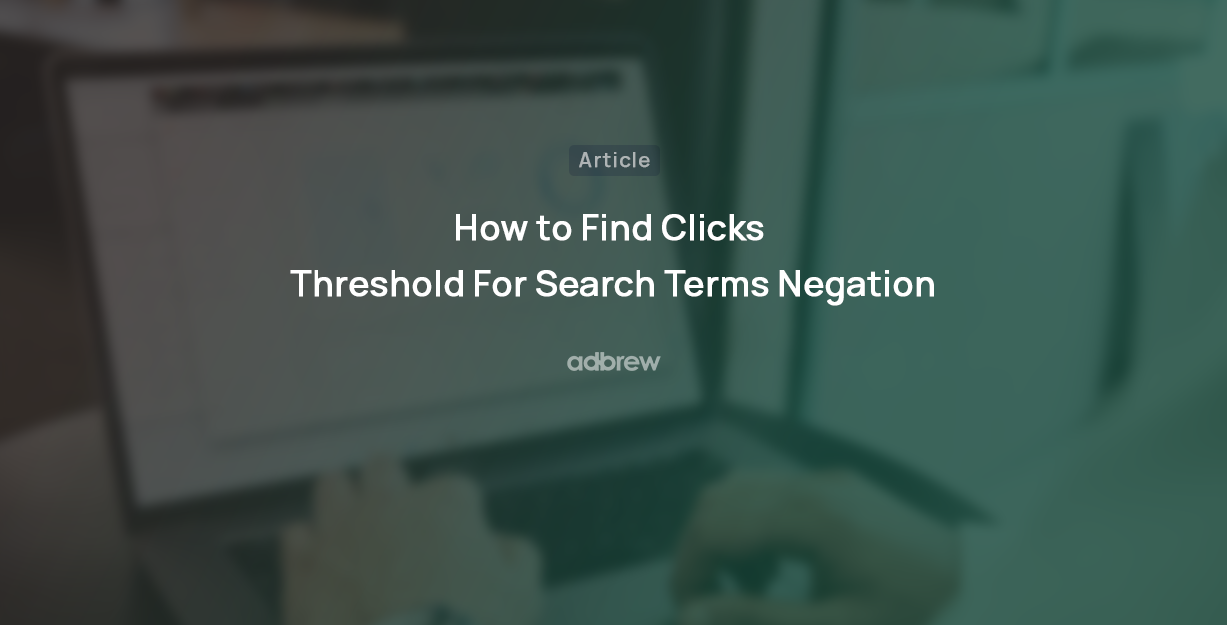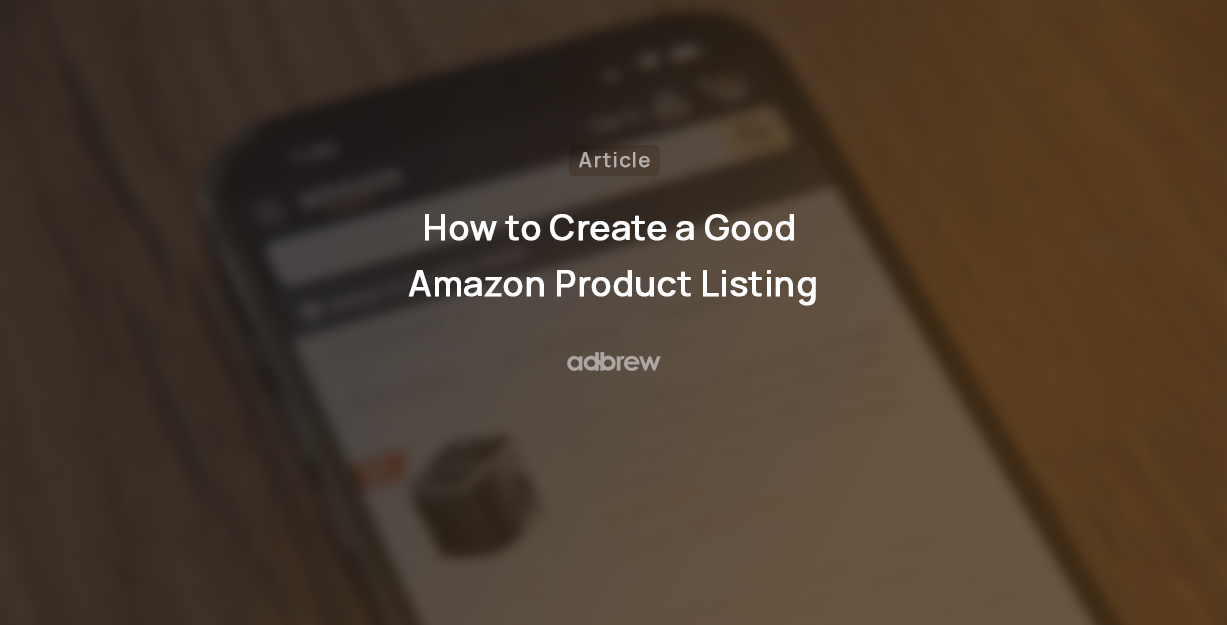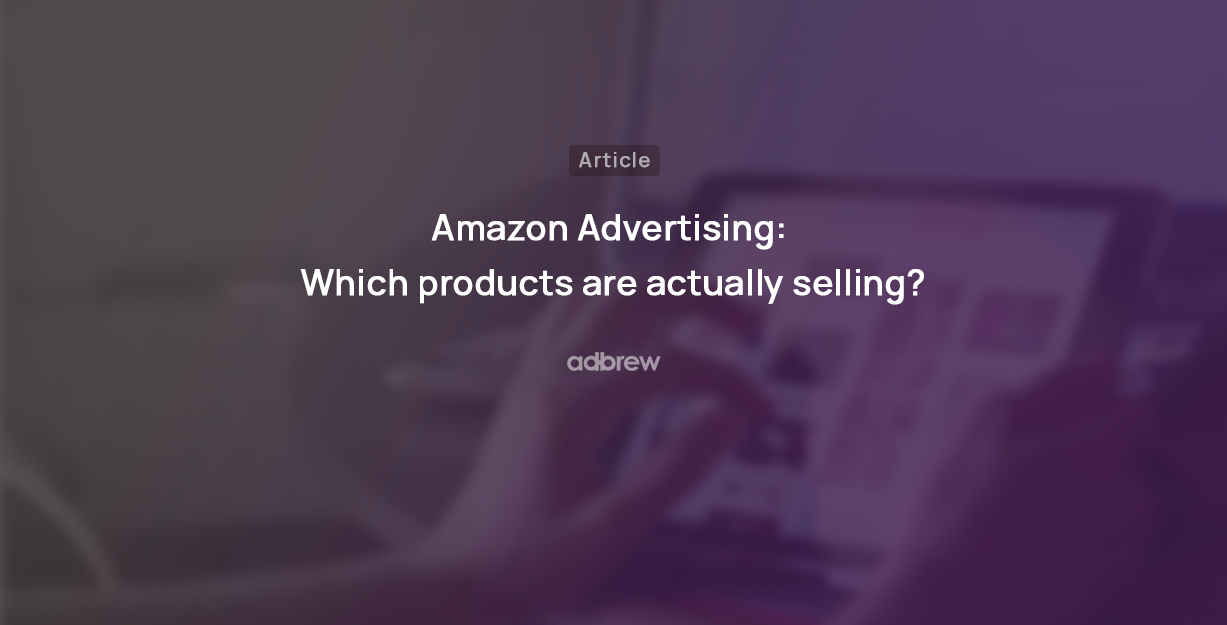
Are your products getting lost in the vast ocean of Amazon listings? Do you want them to stand out, rank higher, and drive more conversions?
The solution is simple: craft an SEO friendly Amazon product title that compels shoppers to click on your listing.
Product titles are often the first and most critical point of engagement with potential buyers.
Feeling overwhelmed? Don’t worry—we’ve got you covered! In this guide, we’ll explore the importance of Amazon product titles and share practical tips for writing and optimizing titles that work.
Let’s begin by understanding what an Amazon product title is.
What is an Amazon Product Title?
Let’s look at this from the buyer’s perspective. When a prospect searches for a product on Amazon, the product title is the first and most prominent piece of information they see about the item they’re considering.
A winning title includes all the essential details about the product, helping the buyer quickly understand its features and decide whether to purchase it or explore other options in the search results.
Crafting an effective product title isn’t just about using catchy phrases or grabbing attention. It involves understanding Amazon’s product title guidelines, considering search engine optimization factors, and addressing potential customer needs.
Let’s examine an example of an Amazon product title to better understand this concept.

As you can see, both product listings feature highly accurate data in their titles, clearly highlighting unique features and helping customers quickly understand the products.
Now that you have a basic understanding of Amazon product titles, let’s explore why optimizing them is essential.
Why is an Optimized Amazon Product Title Important?
Imagine millions of products competing for attention in a bustling marketplace. That’s the reality of Amazon, where a well-crafted title isn’t just a nice-to-have — it’s your gateway to success. Here’s why optimizing your product titles is so powerful:
1. Capturing Attention in a Flash:
Shoppers scan quickly, often basing decisions on first impressions. Your title serves as the headline that grabs their eye and compels them to click. Think of it as your elevator pitch: concise, informative, and enticing enough to spark interest.
2. Unveiling Your Product’s Essence:
In a sea of similar offerings, your title must convey what makes your product unique. It should spotlight key features, benefits, and differentiators. Is it the sleek design? The eco-friendly materials? The unmatched performance?
3. Boosting Search Visibility:
Amazon’s search engine relies heavily on titles to connect products with relevant searches. By strategically incorporating high-volume, relevant long-tail keywords, you enhance your product’s discoverability and improve its search ranking.
4. Driving Click-Through Rates:
A clear, informative title that sparks curiosity encourages clicks. Think of it as a mini-advertisement, convincing shoppers to explore your product further. Remember, more clicks often lead to more sales.
5. Building Brand Identity:
Your title is an extension of your brand voice and personality. Use it to convey your brand’s values and messaging. A consistent approach across all your listings strengthens brand recognition and builds trust with customers.
Now that you understand why product titles are so important, let’s dive into how to craft the best Amazon product title.
9 Tips To Write The Best Amazon Product Titles
#1. Understanding Amazon Product Title Guidelines
Unlike other marketplaces, Amazon has strict guidelines for product listings. Sellers must adhere to these policies to remain listed on the platform. Any violation can result in product delisting or even an account ban.
Product titles should concisely describe the product, incorporating relevant keywords without resorting to keyword stuffing. According to Amazon’s guidelines, titles can include up to 250 characters.
An effective product title should include key details such as the brand name, product line, material, key features, product category, type, color, size, and quantity. These elements are essential for crafting a clear and compelling title.
The example below demonstrates how mentioning the brand name, quality, features, and quantity creates a winning product listing title.

Ensure you thoroughly review Amazon Product Title Guidelines and follow them in all cases.
#2 Use Relevant Keywords
Keywords are a crucial aspect of any Amazon product title optimization. Conducting thorough keyword research for every product is essential, and using the right tools can make all the difference.
Amazon offers first-party keyword data tools like Search Query Performance, Brand Analytics, and Product Opportunity Explorer to help you identify relevant keywords. Additionally, third-party tools like Helium 10 or Jungle Scout can assist in uncovering valuable insights for keyword research.
Once you’ve identified the right keywords, incorporate them throughout the product page — including the title, description, bullet points, A+ content, and backend keywords. However, avoid overloading your title with keywords, as it violates Amazon’s product title guidelines.
Remember, keyword research is an ongoing process. You must regularly update their keywords based on current trends and marketplace updates.
The example below illustrates how the seller strategically used keywords like “Baby,” “Infants,” and “Toddler” to effectively target their audience.
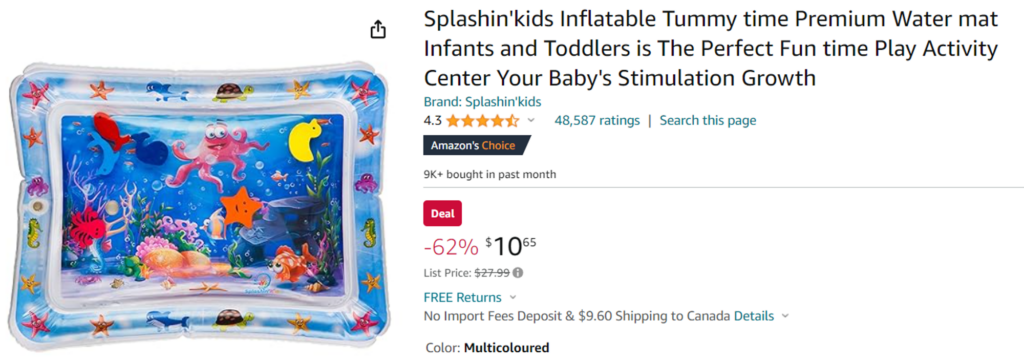
#3 Highlight Key Features
When a buyer scrolls through products on Amazon, they browse multiple listings. As a seller, your goal is to make your product stand out so the buyer stops scrolling and clicks on your listing.
How can you achieve that? While incorporating relevant keywords into your Amazon title is a great start, the next step is to highlight key features. These could address the product’s unique qualities, solve customer pain points, or emphasize its unique selling points.
Put yourself in the buyer’s shoes: What aspects of a product would grab your attention? Use these insights to identify and prioritize features that should be prominently included in your title. Make sure these features are relevant, concise, and appealing to potential buyers.
Take a look at the Amazon product title example below. The product is a “Thermal Water Bottle,” and its Amazon title succinctly highlights all the key features, providing a clear and compelling description that speaks volumes about the product.

#4 Use Natural Language
Today, you might consider using ChatGPT to craft your product’s title and description. But do you think that alone would truly benefit your product? Nobody likes content that feels robotic or impersonal.
AI can be a valuable tool for generating ideas and providing guidance, but simply copy-pasting the output won’t cut it. When buyers read about your product, they want the tone to be relatable, engaging, and informative.
It’s far better to write the content yourself or hire a professional writer. This ensures your product description and title feel genuine, which helps build buyer trust and, ultimately, drives more sales.
#5 Use Brand Name
In the highly competitive world of product listings, a brand name plays a crucial role in Amazon’s search results. It serves as a key differentiator, setting your product apart from similar offerings.
Including the brand name in product titles is one of the best practices for Amazon title optimization. Why is this important? Some brands are synonymous with quality, trust, and exceptional user experience. If you’re selling such brands, adding their name to your title instantly helps your product stand out.
Additionally, with thousands of products featuring similar titles and images, including the brand name at the very start of the title automatically grabs the attention of potential customers.
The product title example below highlights how the seller effectively used “Force Factor” as the brand name in the product title to create a strong and memorable listing.
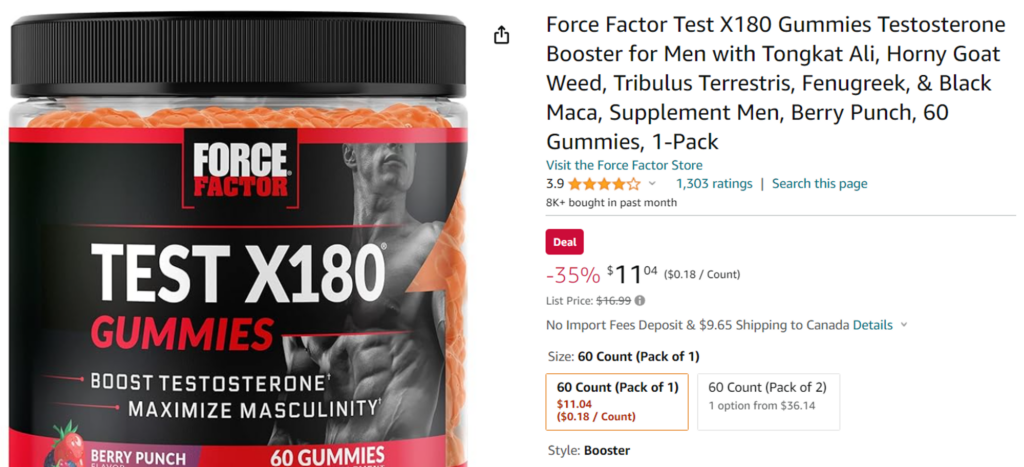
#6 Avoid Non-Alphanumeric Characters
What are non-alphanumeric characters? Simply put, these are symbols and special characters that are neither numbers nor letters.
Amazon does not allow the use of non-alphanumeric characters in product titles. These characters can interfere with search algorithms, reducing visibility and causing inconsistent product search results.
To avoid violating Amazon’s guidelines, it’s best not to use special characters, punctuation, or decorative symbols in your title.
However, certain symbols are allowed when necessary for the product, such as hyphens (-), slashes (/), and ampersands (&).
#7 Capitalize Properly
Now that you know what to do and what to avoid, it’s time to learn how to enhance your product title and make it look more professional and elegant. This can be achieved by properly capitalizing the words in your Amazon title.
When you capitalize words correctly, it not only makes the title look more polished but also helps organize the information clearly. Since you’ll be adding as much relevant information as possible, proper capitalization ensures everything is well-structured and easy to read.
In the example below, the seller has effectively capitalized the title. Despite containing multiple pieces of information, the capitalization makes everything clear and professional.
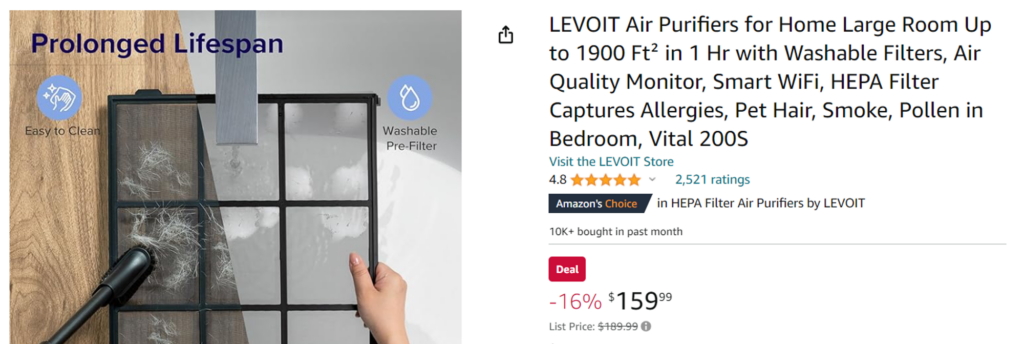
#8 Avoid Promotional Language
Amazon values authenticity and clear communication between sellers and buyers. Using promotional language that aims to exaggerate or falsely promote a product—such as terms like “best,” “number one,” “sale,” or “discount”—violates Amazon’s guidelines.
The best practice is to maintain authenticity and transparency, both with Amazon and your customers. This ensures your product titles remain compliant and trustworthy.
#9 Test And Optimize
Testing and optimizing your product listings is an ongoing process that can significantly improve your Amazon sales. What works today might not work tomorrow, as the marketplace and buyer behavior evolve.
Regularly testing various elements of your listings, such as product titles, descriptions, images, and keywords, ensures that you are staying ahead of the competition.
Wrapping Up
So, there you have it! Optimizing your Amazon product titles may seem like a small detail, but it’s often the first impression potential buyers have of your product.
By following these key strategies and staying updated with best practices, you can create compelling titles that capture attention, improve search rankings, and, ultimately, convert clicks into sales.
Recent Posts
Take your Amazon PPC advertising to the next level

Related Blogs
Running Amazon ads with an empty shelf? You might as well be burning cash. Many sellers focus on optimizing bids, […]
In today’s competitive digital landscape, growing your eCommerce brand requires more than just a standalone website or a single marketplace […]
Are you an Amazon seller looking to offload excess inventory or seasonal items? The Amazon Outlet program might be just […]
Turning your bookshelf into a source of income has never been easier, thanks to Amazon. If you have books collecting […]
If you’re an Amazon seller, encountering an account suspension or policy violation can be a significant setback. But with the […]
Introduction Amazon dropshipping is an increasingly popular way to run an e-commerce business without the need to store or ship […]
Introduction The Amazon Influencer Program is a great way for content creators to turn their influence into earnings. This program […]
Introduction Amazon Kindle Direct Publishing (KDP) is a platform that allows authors to self-publish their work as ebooks or print […]
Selling on Amazon offers many opportunities for businesses, but it’s essential to understand the costs involved with Fulfillment by Amazon […]
Walmart is quickly becoming a popular platform for brands and sellers to connect with more customers. One way to boost […]
In today’s competitive retail landscape, reaching the right audience at the right time is crucial for success. Walmart’s Demand Side […]
In today’s fast-paced eCommerce landscape, shoppers demand speedy delivery. Walmart has responded by offering 2-day shipping, giving sellers on the […]
Running successful Walmart advertising campaigns takes more than just setting them up—it requires ongoing optimization. A Walmart PPC (Pay-Per-Click) audit […]
Are you ready to tap into the massive potential of Walmart Marketplace? With millions of daily visitors and a loyal […]
In the world of e-commerce, Amazon and Walmart reign supreme, dominating the retail landscape. These two giants offer vast opportunities […]
Are you a brand owner struggling to maintain control over your products on Walmart? The Walmart Brand Portal is here […]
Are you dreaming of a passive income stream from your Walmart store? The allure of an automated Walmart store with […]
Are you a seller looking to tap into the massive market of private-label brands? Walmart, one of the world’s largest […]
Tired of your Walmart products getting lost in the shuffle? In this blog post, we’ll dive into the essential strategies […]
Ever wondered why some Amazon sellers seem to have a magic touch with product bundles? It’s not luck—it’s strategy. Bundling […]
If you’re a Walmart seller looking to grow your business through retail media, Walmart Connect could be a game-changer. But […]
If you’re an Amazon seller, you may have noticed a portion of your inventory marked as “reserved” without knowing exactly […]
Have you ever wondered what managing your own Amazon orders is like? Switching from Fulfilled by Amazon (FBA) to Fulfilled […]
Walmart Marketplace offers an exciting opportunity for sellers to reach a vast audience by listing their products on Walmart’s platform. […]
Selling products on online marketplaces has become a vital strategy for businesses to reach more customers. If you’re looking to […]
Are you a Walmart seller aiming to improve your visibility and sales? In this blog, we will explore Walmart SEO, […]
As an Amazon brand owner, maintaining control over your product listings is essential to protect your brand’s reputation and customer […]
Improving your sales on Walmart starts with understanding how to consistently win the Buy Box. Securing this position can make […]
Are you an Amazon seller struggling to increase your rating? A high seller rating is crucial for attracting new customers […]
As an Amazon seller, providing the best customer service is paramount to maintaining a positive customer experience. One key metric […]
If you’re an Amazon seller and curious about Amazon IPI score and its impact on your business, this blog post […]
Introduction Starting an Amazon subscription box business presents a unique opportunity to tap into the growing trend of curated, recurring […]
Thinking about using Fulfillment by Amazon (FBA) to sell on the Amazon marketplace? Awesome! But before you box up your […]
Thinking about using Fulfillment by Amazon (FBA) to streamline your Amazon business? While FBA offers a convenient way to store […]
For FBA sellers, the Amazon Buy Box is the holy grail of product visibility. But with constant algorithm updates and […]
Have you ever wished you could offer customers pre-made packages of complementary products without the hassle of physically bundling them […]
Have you ever wanted to create a more branded and engaging presence for your products on Amazon? An Amazon storefront […]
Are you storing items on Amazon for a while? If so, it’s important to be aware of Amazon long term […]
When selling products on Amazon, it is crucial to follow their packaging requirements, rules, and guidelines. Proper packaging ensures that […]
Amazon A/B testing can significantly enhance your product listings and boost sales. This method, also known as split testing, involves […]
Have you ever browsed Amazon and stumbled upon a product with a little blue badge that reads “Amazon’s Choice“? It […]
Amazon FBA vs FBM needs to be explored, when we ship products and handle orders while selling on Amazon. With […]
Ever feel like you’re missing something in your Amazon PPC Search Terms report? You might be! Sure, they show what […]
Amazon can be a fantastic platform to reach new customers, but keeping your virtual shelves stocked can get tricky. That’s […]
Navigating Amazon as a new seller can be tough, but there are tools and programs available to help such as […]
Have you ever scrolled through an Amazon search result page and noticed product recommendations nestled alongside the standard listings? These […]
Finding time for yourself while selling on a competitive marketplace like Amazon can be challenging. As a seller, your main […]
Starting an E-commerce business has become quite easy with Amazon, but it also brings heavy competition. Millions of Amazon sellers […]
As an Amazon seller, you know the importance of getting your products seen. But with millions of listings, how do […]
Ever scrutinized an Amazon product page and noticed the cryptic “Sales Rank”? Wondering what it means and how it impacts […]
Millions of products compete for customer attention on Amazon’s search results page, making it tough for your brand to stand […]
Are you selling products on Amazon and looking to increase your sales? This blog is for you. We’ll share tips […]
Are you an Amazon seller looking to boost your brand visibility and profitability? Are you feeling stuck in the cycle […]
Ever wonder what drives your online shopping habits? Perhaps a captivating product description, or an eye-catching professional photo? As it […]
For any seller on Amazon, understanding the A9 algorithm is crucial for success. This complex algorithm dictates which products appear […]
Are you an Amazon seller looking to turn those single purchases into recurring revenue? Look no further than the Subscribe […]
Amazon has become a go-to platform for all e-commerce business owners to launch and scale their e-commerce brands online. But […]
Mother’s Day, a time to celebrate the incredible women who raised us, is a prime opportunity for Amazon sellers to […]
In the ever-competitive landscape of Amazon, ranking high in organic search results is crucial for driving sales. While you might […]
If you’ve ever found yourself scratching your head over Sessions and Pageviews on your Amazon business reports, you’re not alone. At […]
Amazon is a massive marketplace, attracting millions of customers with diverse needs, preferences, budgets, and mindsets for shopping. To effectively […]
With Amazon boasting over $575 billion in retail sales for 2023, it’s no wonder so many sellers flock to its […]
Advertising on Amazon through pay-per-click campaigns can significantly enhance product visibility and sales for sellers. However, mastering Amazon PPC, with […]
Have you heard of the terms copyright infringement and plagiarism? If so, then Amazon Brand gating won’t be unfamiliar to […]
If you are running ads on Amazon, you’ll come across a sea of data in your advertising console. But does […]
Have you heard of the terms copyright infringement and plagiarism? If so, then Amazon Brand gating won’t be unfamiliar to […]
In the fast-paced world of e-commerce, where shoppers are bombarded with choices, standing out on platforms like Amazon is paramount […]
Are you planning to start an Amazon FBA store? If so, you’ll encounter a unique term – FNSKU. This seemingly […]
As an Amazon seller, you understand the power of reviews. They’re the lifeblood of trust and conversion on the platform. […]
Are you struggling to get Amazon reviews on your product? Well, you are not alone! Reviews are the backbone of […]
Are you tired of bland Amazon product listings failing to grab attention? In today’s competitive online marketplace, standing out is […]
As an Amazon seller, understanding how your brand performs throughout the customer journey is vital for success. However, until recently, […]
As an Amazon seller, optimizing your business and maximizing profits relies heavily on data analysis. One invaluable tool for gaining […]
Are you struggling to get noticed on Amazon’s massive platform? Do your products get lost in a sea of similar […]
For any Amazon seller getting into the world of sponsored advertising, understanding the Advertising Cost of Sale (ACoS) is crucial. […]
A well-executed Amazon product launch strategy can be the key to unlocking success and gaining a competitive edge. As the […]
In the ever-evolving landscape of e-commerce, distinguishing between keywords and search terms is vital for optimizing product visibility and driving […]
Ever felt like you are throwing darts in the dark when it comes to your marketing efforts outside Amazon for […]
Amazon, the e-commerce giant, has successfully concluded a robust business year with outstanding performance in quarter 4. The most recent […]
Picture this: you have a great product on Amazon, but it’s not selling well despite having attractive images and a […]
The advertising landscape is evolving, and viewers are rapidly migrating from traditional cable TV to streaming platforms. This presents a […]
Feeling lost in the Amazon discount jungle? Struggling to reach the right customers and entice them to make the purchase? […]
Are your products getting lost in the vast ocean of Amazon listings? Do you want them to stand out, rank higher, […]
For years, Amazon sellers were in the dark. They couldn’t see what keywords customers were using to find their products, […]
Selling on Amazon can be tough with so many others doing the same in your category. That’s why it’s super […]
For Amazon sellers, understanding their customers has often felt like navigating a maze without a map. The missing link? A […]
Have you ever felt like your Amazon advertising campaigns are lost in a tangled jungle of keywords? You’re not alone. […]
When did you last give your Amazon PPC account a checkup? Regular Amazon PPC audits are crucial to ensure the […]
Embarking on the path of online selling? If so, you’re likely aware that Amazon is your ultimate destination. With a […]
Ever felt like your product is lost in the vast Amazon jungle? You’re not alone. With millions of shoppers actively […]
Amazon Sellers selling on the Amazon marketplace usually utilize Amazon advertising without keeping a close eye on the TACoS metric. […]
The rush of Black Friday and Cyber Monday might be over, but the opportunity for continued sales growth extends beyond […]
In the fierce Amazon advertising domain, where competition rises and costs increase, understanding and keeping track of the right metrics […]
Have you ever felt the frustration of campaigns going out of budget, leading to missing out on potential sales, or, […]
Amazon PPC campaigns can be a powerful tool for driving traffic and sales to your products. However, without proper structure, they […]
Whether you are creating a new advertising campaign or optimizing existing ones, doing it manually from the Amazon ad console […]
Want to know what search terms people use to visit or purchase your product on Amazon? If yes, you’re in […]
When you are spending dollars or even more to get a click on your Amazon ads, you want to ensure […]
Are you an Amazon seller looking to maximize your profits and minimize your advertising costs? If so, you’re not alone. Many […]
Are you exclusively relying on traditional metrics such as CTR, CPC, CVR, or ROAS to make your campaign optimization decisions? […]
Navigating the ever-evolving landscape of Amazon’s online marketplace is essential for any seller looking to thrive on the platform. Among […]
As the holiday season approaches, businesses are gearing up for the highly anticipated Q4 rush. To ensure a successful Q4, […]
Do you regularly review your Amazon advertising reports? If not, you may be missing out on numerous opportunities. Amazon […]
Whether you’ve just launched a new product or have been selling on Amazon for a while, advertising on the platform […]
Amazon PPC bidding strategies that you choose play a significant role in the success of your Amazon Ads campaigns. As […]
Have you ever heard of a “catch-all campaign”? This single campaign can generate extra sales for you at a very […]
Amazon Prime Day is one of the largest global e-commerce sales events, attracting millions of customers worldwide. But how do […]
Are you looking to boost your brand’s visibility and drive more sales on Amazon? Look no further than Amazon Sponsored […]
Succeeding on Amazon in 2024 isn’t easy. Just listing your products and hoping for the best won’t work anymore. You […]
Are you bidding the same amount for all your ad placements on Amazon? If yes, then you’re missing out on […]
Whether you are looking to boost product discovery or target audiences further down the sales funnel who have already engaged […]
We, at Adbrew catalyze millions of dollars of ad spend monthly through our platform, with Sponsored Product Ads being the […]
Do you want to know how many clicks you should give a search term before adding it as negative in […]
Think of your product listing as a guiding light on the Amazon marketplace. It’s your chance to grab attention, tell […]
It is no longer a secret that shopping behavior on Amazon varies over the day. This is the reason why […]
Are you struggling to get the most out of your advertising budget on Amazon? Do you find that your campaigns […]
Ever run an Amazon Ad campaign and wondered why some sales weren’t directly linked to the products you advertised? That’s […]
If you’re managing Amazon PPC ads, it’s essential to have an effective and organized approach for target harvesting and movement. […]



